My adventure starts on August 13, 2023. I have not traveled outside the US since 2017, so I am really excited for this experience! Finally, Covid-19 is no longer overwhelminng our lives and the priviledge of visiting countries and cultures is once again a bright beacon. I am energised by experiencing new places and disrupting my routine. For sure I will find a swimming hole or two to remind me about my routine and 'happy place' at home.
In preparation for my Dolomites trip, I did a little research about the area, culture, and geology. If you are interested, you can find some background on the area: https://www.guidedolomiti.com/en/location-climate-geology/
For those of you interested in more information about the origin of the Dolomites and their geologic history, a few facts from the link below:
The Dolomite mountains are formed from sediments that originate from an ancient ocean, the paleo-Tethys, when the earth had one supercontinent known as Pangea. The sedimentary rocks forming the Dolomites contain marine fossils dating to at least 260 million years ago,
The Dolomites began “emerging” from the richly stratified seafloor during the Cretaceous – roughly 100 million years ago – due to a collision between the African and European continents
https://www.holimites.com/en/discover-the-dolomites/nature-004#:~:text=The%20Dolomites%20began%20%E2%80%9Cemerging%E2%80%9D%20from,the%20African%20and%20European%20continents.
The map below (source: Wikipidia) shows the location of the Dolomites, a UNESCO (as of 2009) world heritage site, in north-eastern Italy.
I will use this blog as my travel journal to share the region's highlights, my experiences, and connect with those of you who are interested and take the time to "check in" with me.
The map below (from Overseas Adventure Travel Planning Guide, 2023) shows the main areas of my Dolomites trip.
My itinereary is as follows:
Day 1– land in Milan, by van to Lecco
Day 2 – 5: Lecco
Day 6 – 8: Tirano
Day 9 – 10: Lake Iseo
Day 11 – 12: Trento
Day 13 – 15: Bressanone
Day 16 – fly back to San Jose, CA
8/11/23. I am trying to travel light...now have 1/3 of things I initially picked and have 2 days to reduce further. :).
8/14/23. After about 14 hours in the air (SJ to Atlanta, Atlanta to Milan), and longer time spent in transit, I landed in Milan today, about 10:15am. All the Delta flights and international processing went very smoothly. A pre-arranged van was waiting for me at the Malpensa airport in Milan and brought me to Lecco. Lecco is situated at the base of the Dolomites and their craggy peaks are visible from my room window. After getting organized, I walked to downtown and along the lovely lakeside promenade. After sitting so long, it was great to stretch my legs and put in some mileage. Also, despite the 90+F heat, I had some time to sit in the shade and take in the beauty of Lake Como.
WWI War memorial. (Inscription below from the memorial)
The war memorial of Lecco was realized in 1926 by Giannino Castiglioni, one of the masters of the monumental sculpture who worked in Milan and in the most important Italian war cemeteries such as Monte Grappa, Caporetto and Redipuglia. Like others contemporary war memorials, the sculptural complex is full of epic-militaristic rhetoric as you can read in the phrase sculpted on the commemorative plaque: "Lecco/engraves for centuries/on this stone/the names of its brave fallen/now and forever/victorious/in the mindful heart of the people"
Greek street food tasted great after walking for 5 miles.
Dolomites from my window.
The Dolomites at sunset.
8/15/23, today is Ferragosto, the Italian name for the holiday, comes from the Latin Feriae Augusti (the festivals of the Emperor Augustus) which were introduced back in 18 BC, probably to celebrate a battle victory, and were celebrated alongside other ancient Roman summer festivals. These festivities were linked to the longer Augustali period – intended to be a period of rest after months of hard labour. In Roman times, the celebrations included horse races. The holiday now combines both its ancient Roman and Catholic roots with marking the semi-official peak of Italy's summer holiday season.
I hiked to a local park and viewing spot and people were celebrating, playing guitars, and singing at the top. It was joy at its core! Today’s mileage: 11.7 miles.
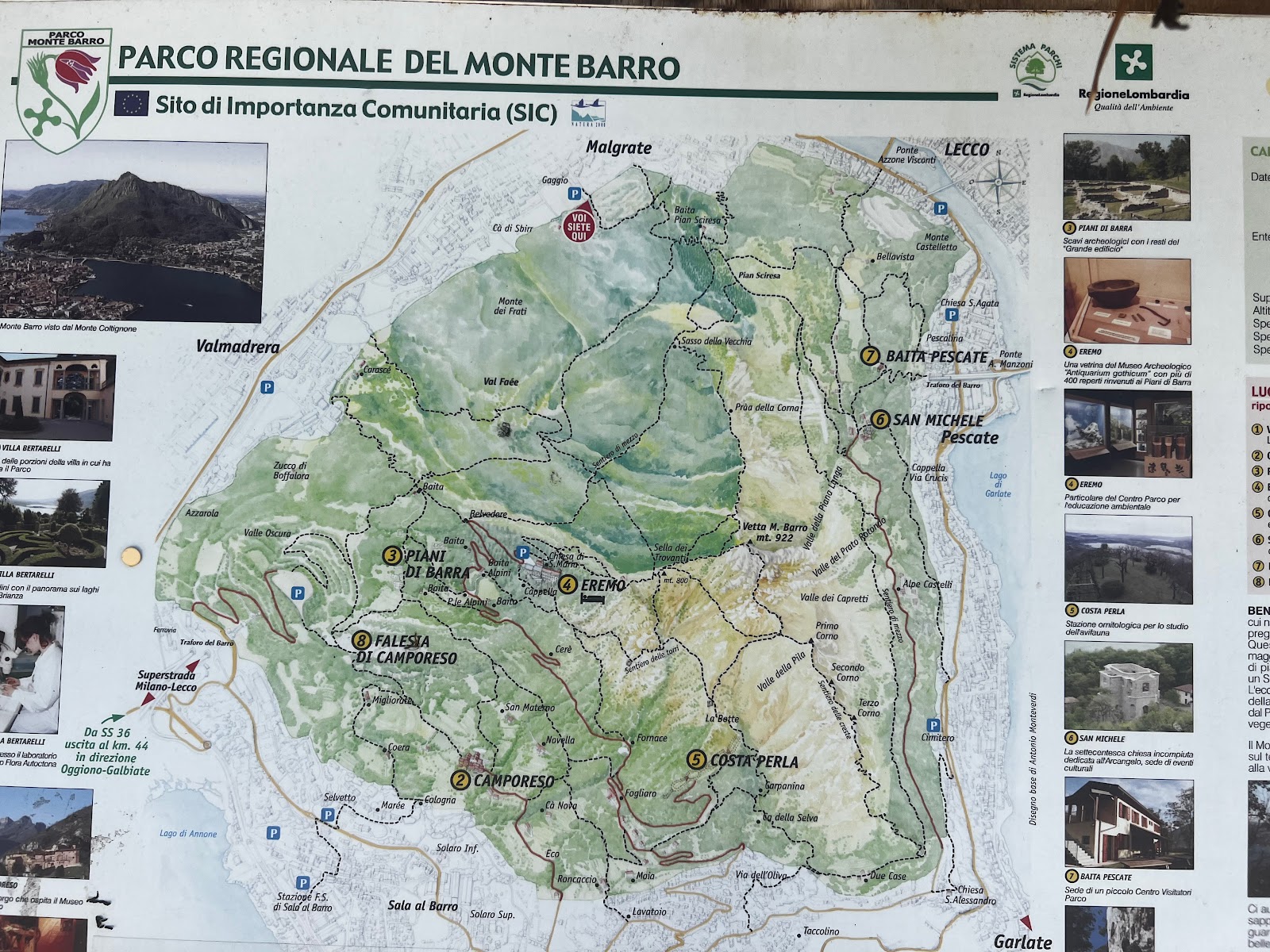
Sunset walk along the Lake Como promenade.
8/16/23. Today was all about water. I took a ferry boat from Lecco to Bellagio (for the Las Vegans reading this, yes your Bellagio hotel is named after this beautiful Lake Como spot), where the 2 fingers of the lake merge. This 3-hour round-trip provided beautiful views of structural geology: tilted rocks, landslide blocks, quarries, and large talus fans at the base of mountains. Many of the low-lying areas are built upon where small towns with villas and hotels invite tourists to share the beauty.
This evening, our group was hosted for dinner at the Lecco rowing club. As we walked in, I could not believe there was a lap pool staring at me. It is a private club, but since the club president hosted us, I had to ask: “ can I swim here tomorrow?”. I managed a swim, so after the day in Milan, I will relish swimming in this beauty. My dear swimming fans, this is an awesome treat!
I received much needed rowing instructions from the coach and president of the rowing club.
After touring the rowing club a cooked to perfection and beautifully presented dinner: primo - octopus salad, secondi- trout with shaved carrot and zucchini. Our dinner at the rowing club was very special.
The Rowing club representatives.
8/17/23 Today was a day in Milano, topped by a fabulous 1.5 hour swim, finished just in time before thunderstorms enveloped our Lecco area.
The Milan visit centered around the center of the city - the business and fashion capital of Italy. There are notable cultural aspects as well as the Duomo, incredible cathedral which construction started in 1386 built in that has
3,400 statues, 135 gargoyles and 700 figures that decorate it. (Reference and more details: https://en.wikipedia.org/wiki/Milan_Cathedral)
The Duomo is at the center of Milan along with the Teatro alla Scala where famous operas are sung.
We visited the Last Supper by Leonardo da Vinci at the Basilica di Santa Maria della Grazie. It is so amazing that this work has survived all the wars, kitchen steam (yes there was a kitchen next door and the steam from cooking food damaged the work), and environmental impacts.
I know some of you - mom - love fashion, so in your honor I visited the Galleria Victoria Emmanuelle II.
After all that hard work and crowds I escaped to the rooftop for lunch.
Upon returning to Lecco for our last night, I ventured to my new swimming hole and it was a delightful swim!
Don’t worry, I was watching the weather and got out when it started getting dark with clouds.
For those of you who are especially observant, you will notice that the image of the pool in the above photo is actually a reflection of the pool in a glass wall.
8/18/23 Today we left Lecco, climbed into the Alps through Virenna and staying now for 3 days in Tirano. Our small group has sorted itself out and I am buddying up with Maureen from Missouri. She is a fast hiker and conversationalist and has travelled a lot. I appreciate her persistence, professional background, spirit, and independence!
We spent part of the day in Virenna, visiting the beautiful gardens of the Villa Monastero, followed by a lovely lunch, for me consisting of a seafood salad.
On the way to Villa Monastero , I walked by a “Lover’s walk lane”
Once we arrived in Tirano, at the base of the Alps, we unloaded our bags and walked around the town.
Water from melting glaciers.
The local wine is Nebbiolo. (For wine friends more information about the wine:
https://en.wikipedia.org/wiki/Nebbiolo). I have previously enjoyed this varietal through an SU continuing studies class, so I bought a bottle and plan to enjoy with fellow travelers tomorrow.
Tomorrow will be pretty active, so stay tuned.
8/19/23
Morning view from my window!
My day consisted of a visit to Borgo Baruffini, a nearby town to Tirano, older than 1500 AD, with original slate roofs, but whose population has been significantly reduced due to people leaving to find jobs and a life outside a small town. The town is trying to revive its population and appeal to live there. As part of the visit our small group had a chance to meet an amazing woodworker, learn about life in the town from a native, and cook lunch consisting of a Fritila - a buckwheat large pancake with local Casera cheese.
P

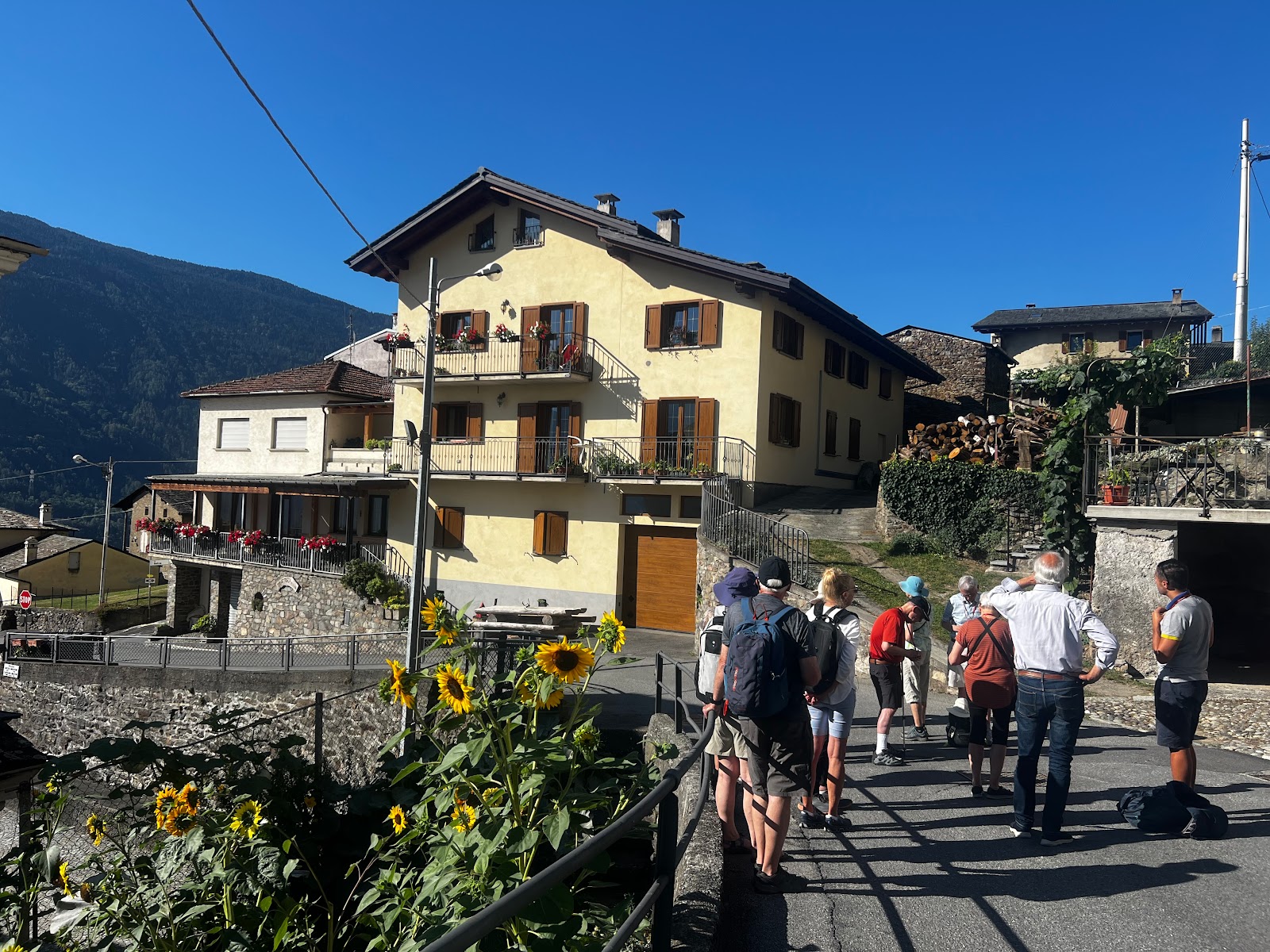
View of the glacial valley that is now home to Tirano.
Plans for the Pinocchio wood sculpture.
In the wood working shop.
Pinocchio.
Smuggling liquor and cigarettes were a part of local life for some time. People were poor and Switzerland is just over the mountain.
Our lunch was hosted in a former monastery with Fritula, fresh salad from the garden, local Nebbiolo wine, espresso, and lots of singing!
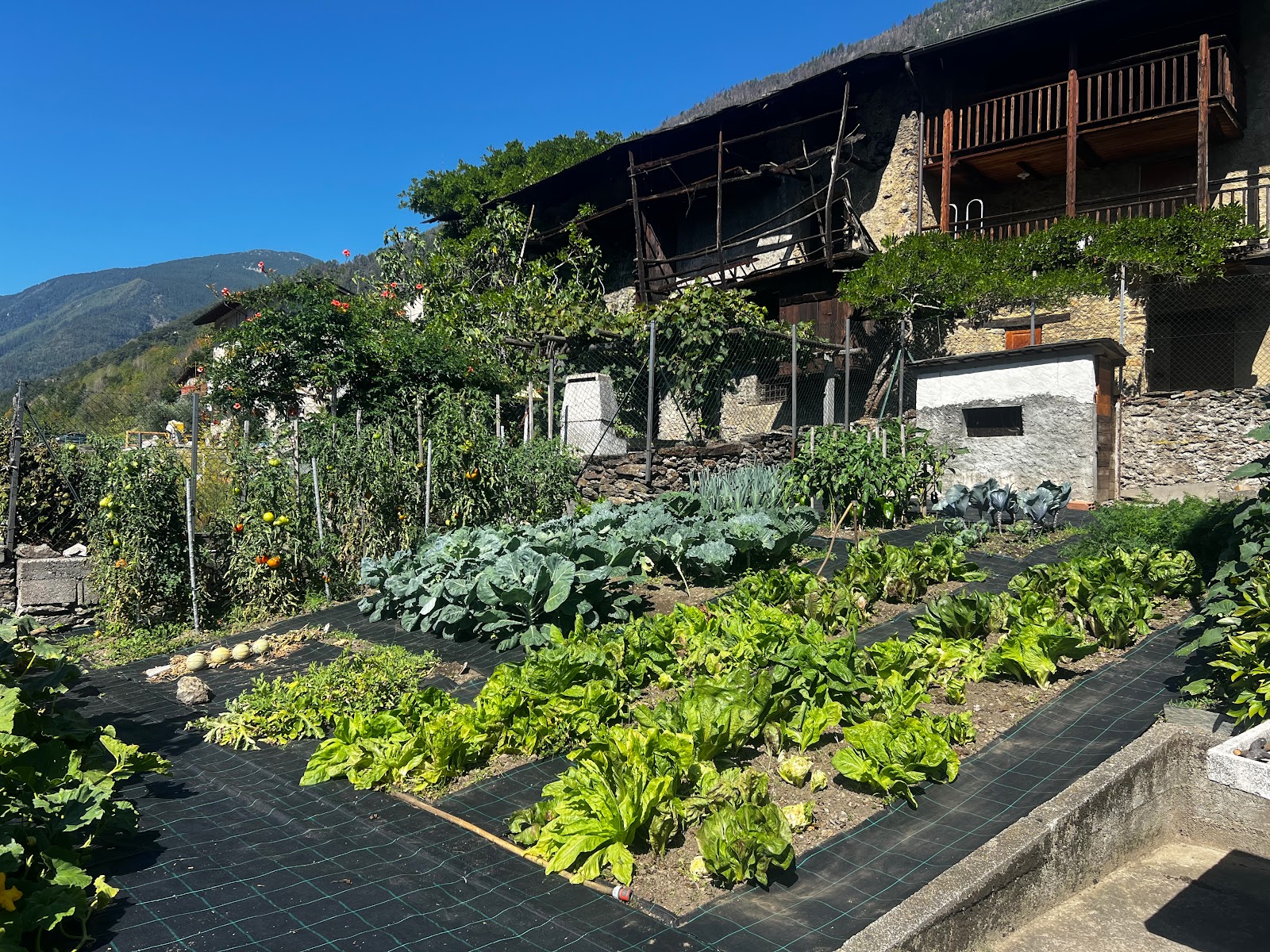



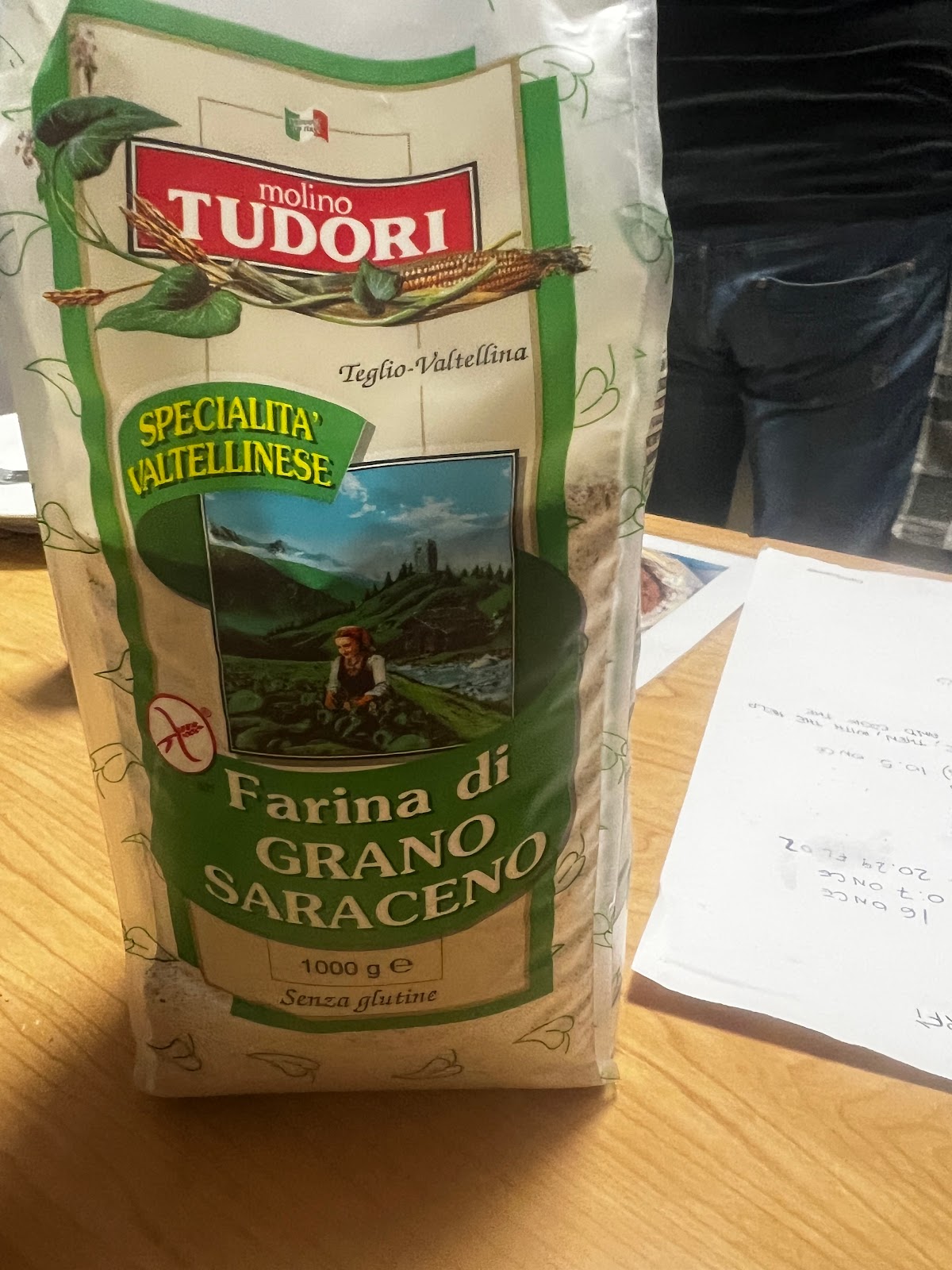

Many songs were sung, including the American and Italian anthems.
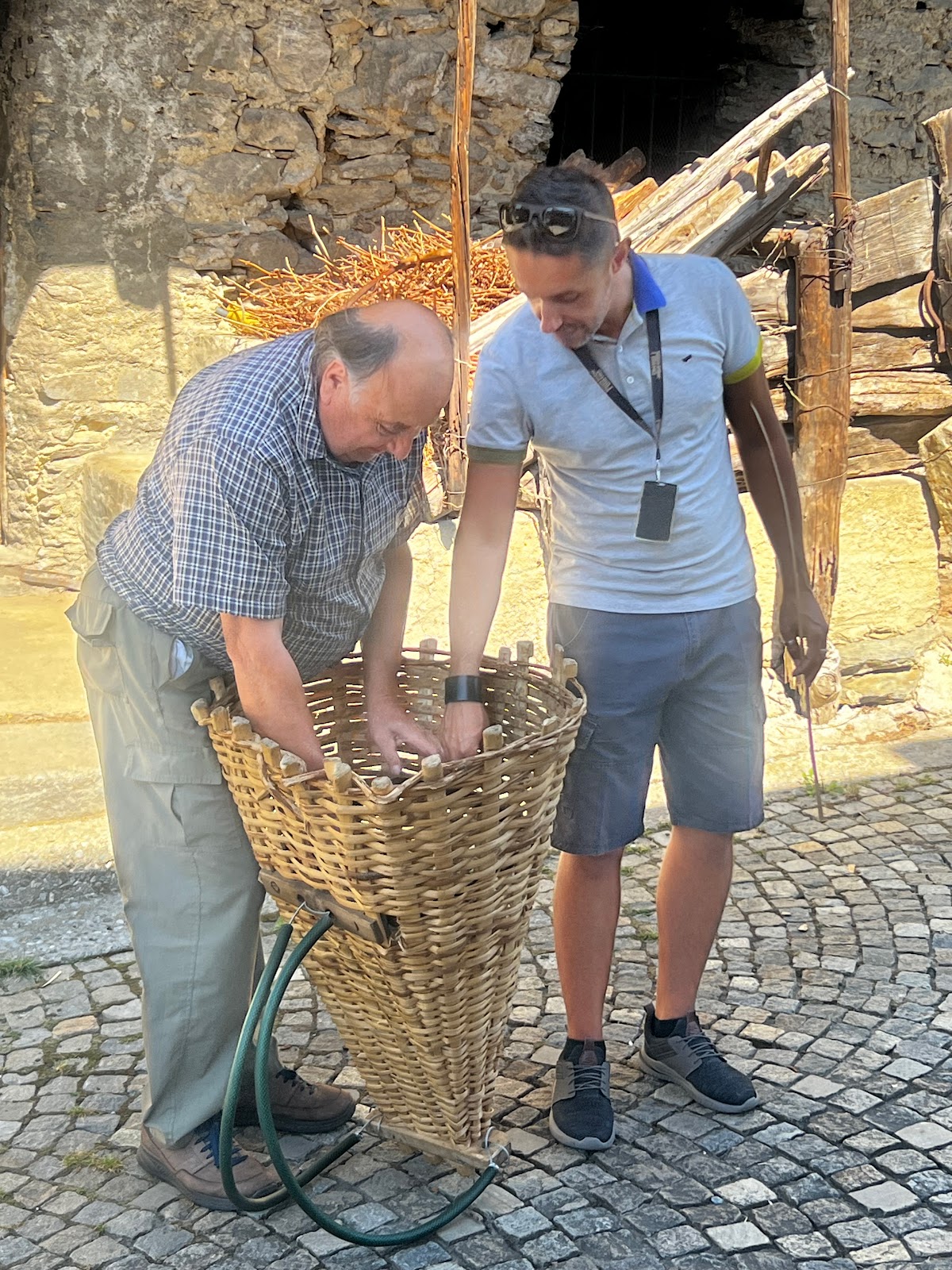


And after lunch we went for a hike up the hill to a 13th century church.
Along the way Nebbiolo grapes are ripening.
The valley below.
One of the many fountains along our walks.
A reflection in the window while we take a breather after today’s activities.
8/20/23. Bernina train to Switzerland. It is a narrow gauge train, completed in 1910 by Italians, and it is a UNESCO heritage site since 2008. The train and the land on which its tracks carry it are owned by a Swiss company, so technically when you onboard the train you are in Switzerland. The Bernina train took us to the. Morteraschi Glacier at about 10,000 feet above sea level. I could feel the altitude climbing steps.
Once off the train we took a cable car for the last leg up to the mountain.
On the way up we saw glacial lakes and preservation (with plastic covers) of the glacier.
Alpine countryside, small glaciers, hiking trails, a dam for hydroelectric power, a circular viaduct on the Bernina train back to Tirano.
8/21/23 Today was in transit and visited Beria Serling winery where Franciacorta wines (sparkling wines) are produced, participated in a blind tasting, and lunched at the winery on the way to Sale Marino on lake Iseo.
Blind tasting, using red ribbon to cover my eyes.
Our overnight location for the next 2 days.
Topo relief map of Brescia, the region we are visiting.
8/23/23 olive oil tasting, city of Trento. The day started with a visit to tasting olive oils. We tasted 7. I had no idea about the various differences based on olive tree variety. All the oils were cold-pressed (80f) to preserve the vitamins and minerals in the olive . I had been told previously that olive oil should not be used for frying due to its low flash point. According to what I learned today, this is not true and you definitely can use olive oil for sautéing and frying. The tastes of the various oils were pretty amazing and spicy too!
We stopped for limoncella because the area is known for great lemons. I had sparkling water because it was early in the day and some walking required attention.
Luca, our guide tempting everyone with Limoncella.
Noel, you may remember “Cricot ” the ice cream bar in France, well, the ice cream bars here are similar varieties.
On the way to Trento we stoped in Deselzano di Garuda.
The old harbor built by Venetians when they ruled this region.
I walked to the castle; great views of Lake Gardo, the largest lake in Italy.
Education about olives and olive oil.
Here the olives are small and stay green, even when ripe. They produce (not for retail) 6000 to 9000 bottles of various extra virgin, cold pressed olive oil. Their olive oil should be used within 18 months, however, some olive oils have a much shorter shelf time. If you want to keep your olive oil fresh, keep it in a dark cool place, like a pantry.
The olive oil production is very much like wine production- destemming, pressing, storing without oxygen, bottling.
Olive oil tasting - do you know how to taste olive oil? You may know that cold pressed olive oil <=(80f) retains its vitamins and minerals.
The 5 different olive oils are produced at this location. To taste the olive oil cover the top with one hand, warm it up with the other hand by cupping it. Then take a sip, swirl it in the mouth. Surprisingly, all 5 were different, some more “grassy”, others with a spicy aftertaste. None were strong, like some olive oils I have tasted and not liked.
So much of the olive oil processing process is similar to grape processing.
8/24/23
A day in Trento. Trento is a small city of about 100,000 and dates back to several thousand years BC. For centuries., the Roman ruled the area and later bishops from Germany.
The day started with a walking city orientation and a knowledgeable local guide. On the way I saw this man trimming a small area that is part of a plaza in front of the Castillo del Buonconsiglio (a big castle from where the ruling bishops ruled and added elaborate sections to the castle to impress and suppress the population.
Once again I met very warm, kind, and helpful Italians.
Claudia, the guide in front of the castle.
The oldest section of the castle was erected in the 1250s.
Inside the castle the rooms have been restored and are displayed for visitors.
The streets are made of local grey and red limestone and to my delight large fossils (ammonite) are embedded in the stones (my feet for scale).
Frescos have been restored and cover outside walls of buildings.
An ancient Roman city, dating to 46AD, underlies the center of Trento Remnants of the city remain and are displayed in a museum.
I learned that Mussolini liked minimalist architecture, similar to today’s modern architectural style.
The art piece was commissioned during Mussolini’s reign and later his name was removed where the bricks are exposed.
Funicular ride to lunch spot ( thinly sliced pork with truffle sauce on a bed of arugula) and view of Trento.
At the end of the day I walked to the edge of town to the science museum.
8.25.23
Today was a day in the Alps with a view of the Dolomites.
Our guide Micheal.
The history is interesting. This part of Italy used to be Austria until the WWl victory by France and allied Italy. The people here speak German and Italian. The signs for most things are also in both languages. Our guide is studying in Vienna for collage because it is 20 € per unit!
I walked up to the chapel and saw the working farm of the guide’s brother. Being a farmer here is very difficult too.
However, the Dolomites sweeten the view on life.
This church was built the same year as Christopher Columbus discovered America.
Then we had Spec (local cured and smoked ham) and a typical flat bread that is prepared by locals.
Spec, meat smoked for 4 months.
Our lunch was traditional for the area.
My choice. Salad and beautifully cured bratwurst. So nicely presented as well!
I took a walk to a monastery once we arrived in Brixen. It was pretty hot (. 90f +) and unfortunately the monastery closed before we got there.. But a nice river walk anyway.
For the next 3 nights I am at the Elephant hotel in Brixen. From here side trips to various areas in the Dolomites. Brixen is a charming town with a lot of activities - music, mountain trcking, etc.
The elephant hotel is named after an elephant that came through town in 1551. It was a gift from Portuguese king John III to his nephew, on the way from India to Vienna. Poor Elephant!
Brixen is a lovely small town with all sorts of outdoor activities and music,
It is a lovely place and the view from my window is wonderful.
8/26/23
Visit to Oetzi the iceman in Bolzano, perspective of 2 young women on Southern Tyrol history, and hike in Plose with views of Dolomite Mountains.
After arriving by train in Bolzano I visited 2 museums. In the first one 2 young women (can you guess which is the German-speaking and the Italian-speaking is in the photo below?) discussed their perspectives on this part of Italy-South Tyrol - that before WWI was part of Austria, and due to the Italians siding with the French and so winning the war, this part of Austria became part of Italy. Consequently, German language and traditions dominate and everything is in both languages.
After the cultural discussion I visited the Oetzi the iceman (preserved for 5300 years) exhibit across the street at the museum of archeology in Bolzano.
Ötzi is a glacier mummy from the Copper Age, who, thanks to extraordinary circumstances, has been preserved down to the present day. He was discovered accidentally by hikers in 1991, together with his clothing and equipment, on the Schnalstal/Val Senales Valley glacier and has been the subject of intensive research ever since. (For details, see: https://www.iceman.it/en/the-iceman/)
Bolzano is a charming Alpine town with open air markets, small shops, and lots of outdoor cafes.
In the afternoon, after a van ride to Plose, a large ski, hiking, and biking area, I arrived at the base of a cable car station that took me up to 9,500 ft for an afternoon hike with amazing views of the Dolomites.
8/27/23
The Alpine weather changed last night from high 90s to rain, thunder and lightening. However, today was perfect in the Dolomites. All day in the Dolomites. I learned about Ladin culture, a minority group, about 35,000, who have farmed and stayed in the valleys with a unique language. So, in the Ladin areas everything is translated into Ladin, Italian, and German. A swim in the local pool upon return.
A very windy road led to a hike in the Dolomites.
Richard (on the right) , a Ladin guide in the Dolomites.
A train to sample hiking in this area.
A lot of debris coming down the mountains.
Lots of cyclists along the road. Apparently, annual cycling races shut down the roads for their competitions. Some of my. Hiking friends would appreciate the challenge.
The debris came down a few weeks ago, during a storm, covered a parking lot and several cars. Weather is serious in the mountains.
Winters in the Dolomites are very cold. The Ladin people used to heat 1 room, where the children slept. The families were large (10 kids) to work on the farms.











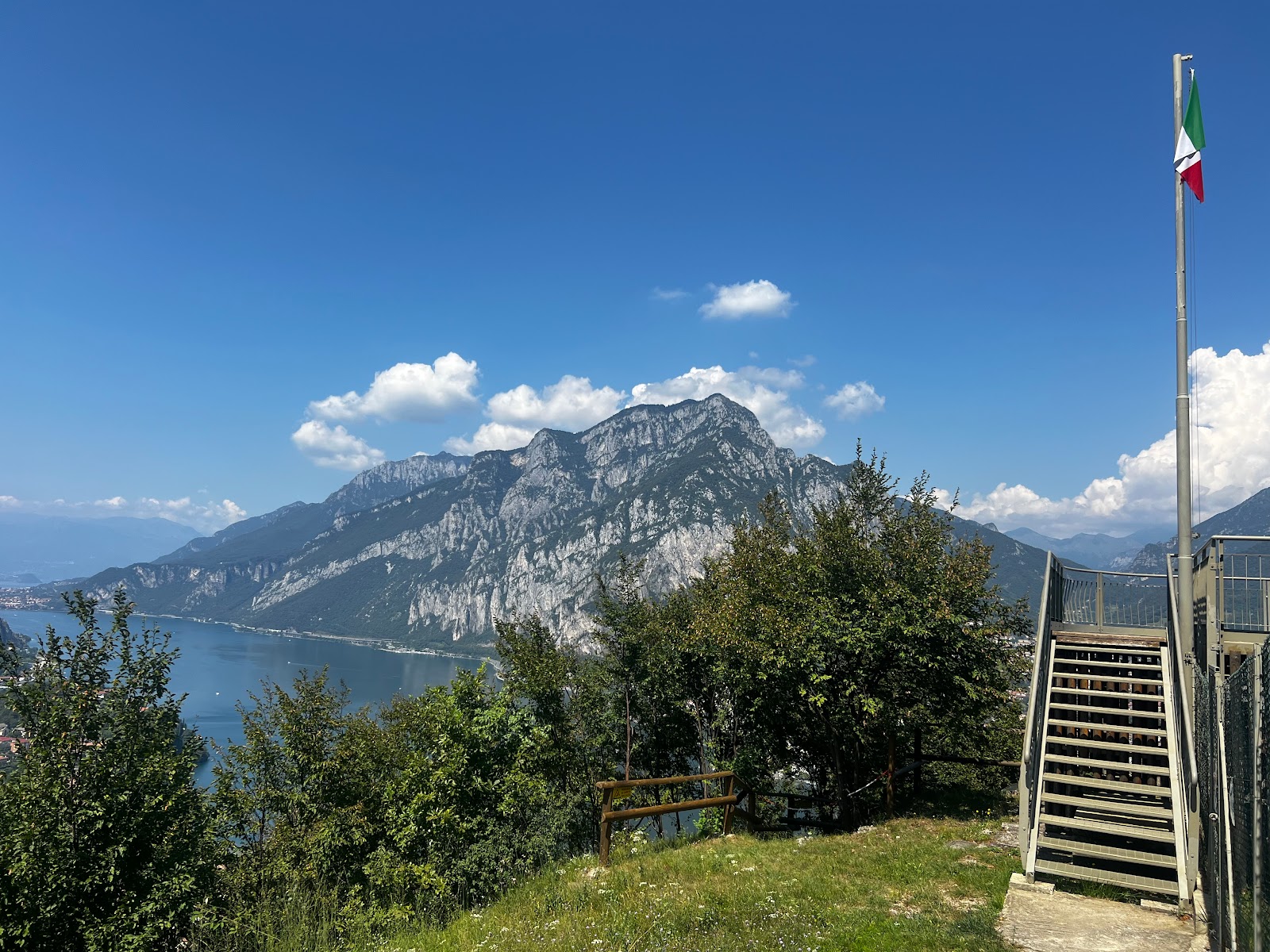


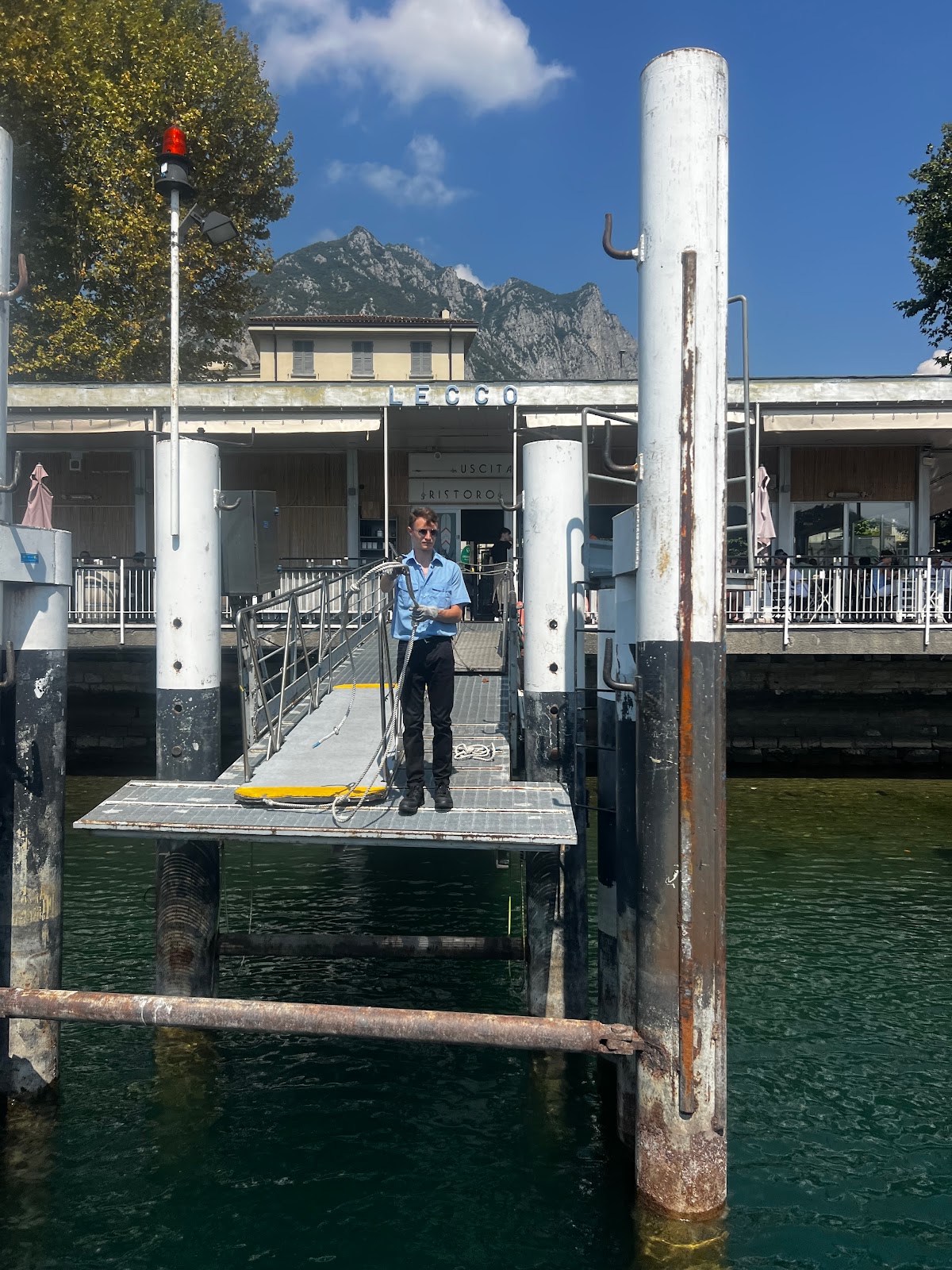


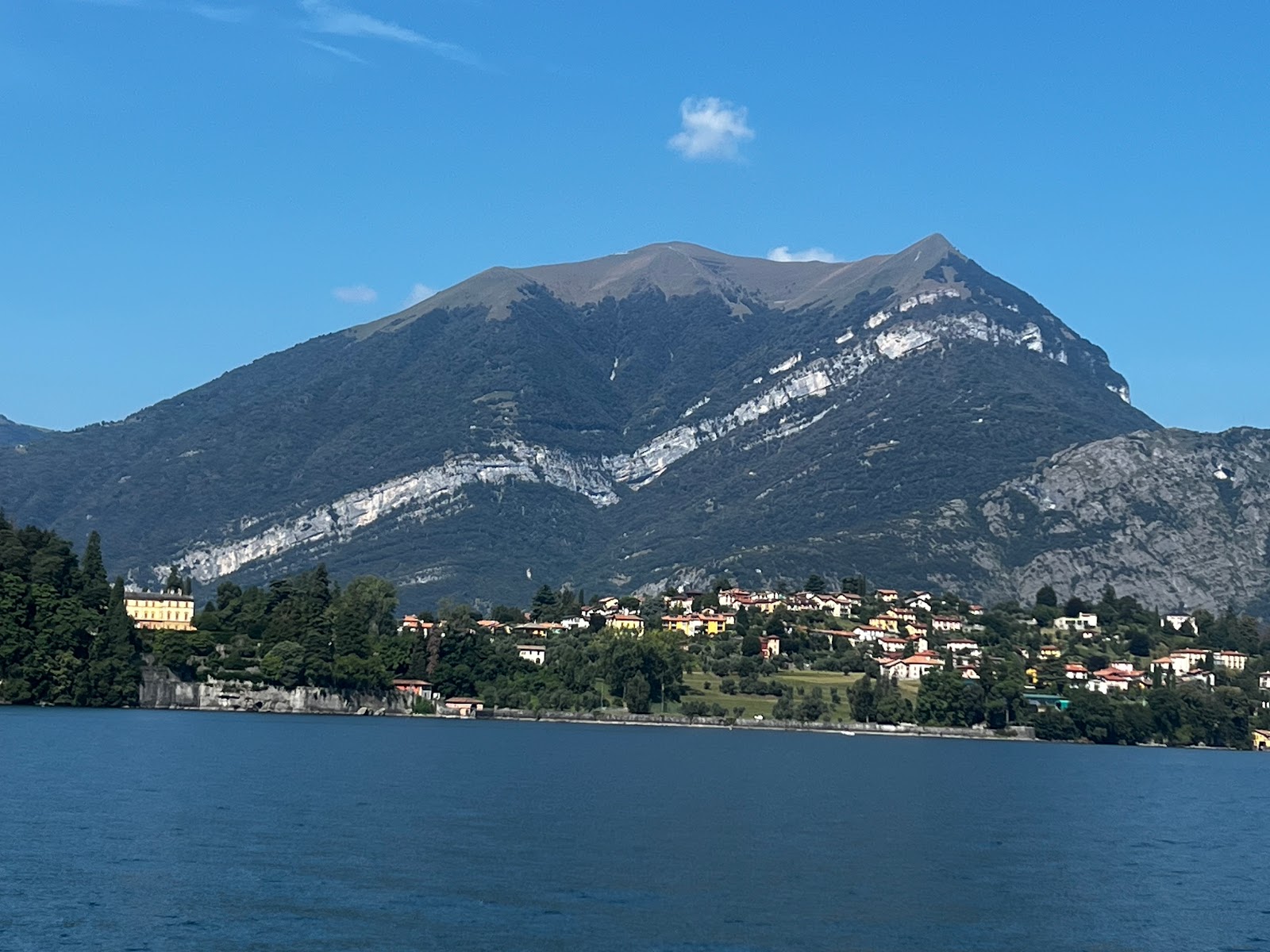
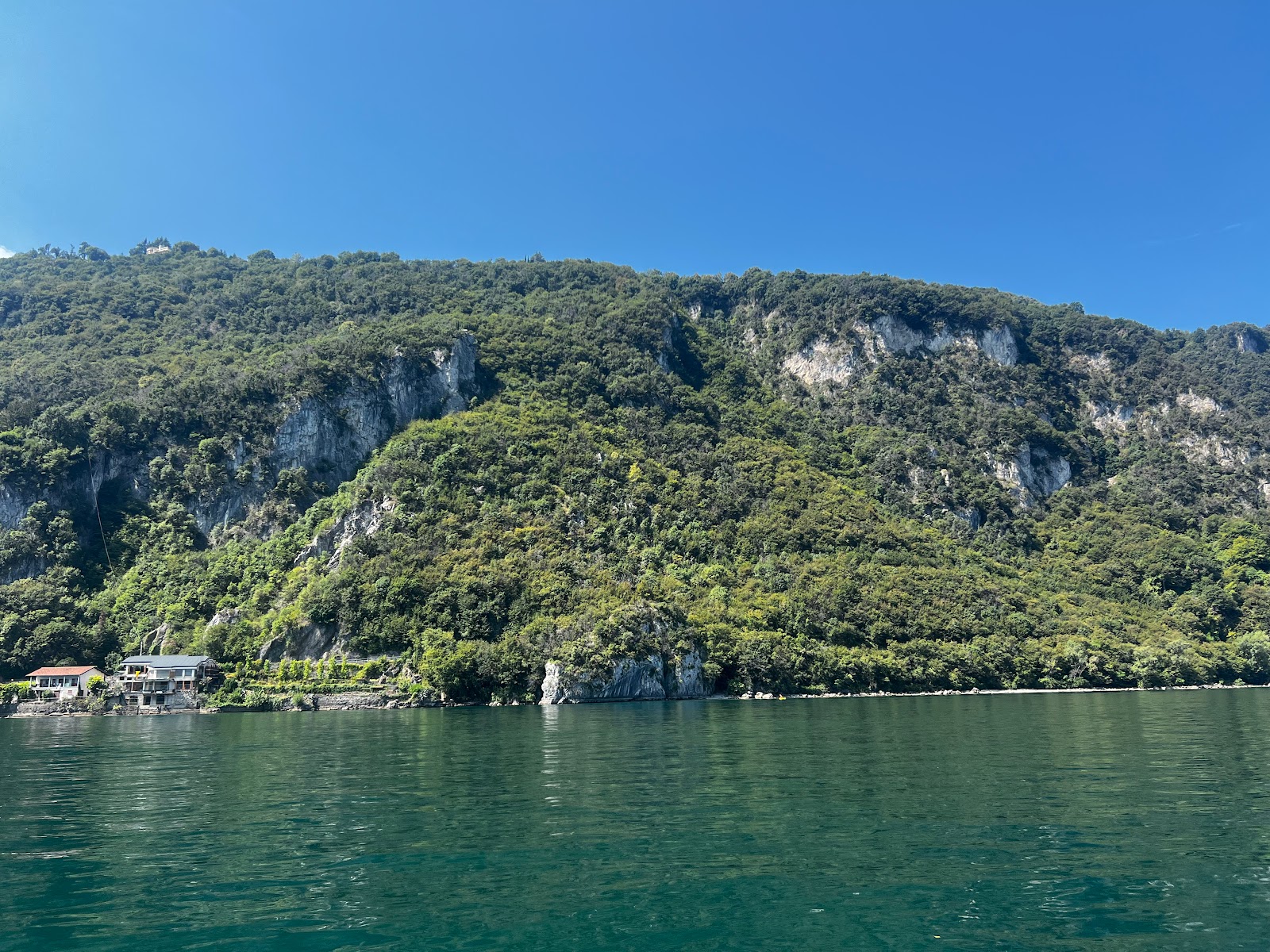


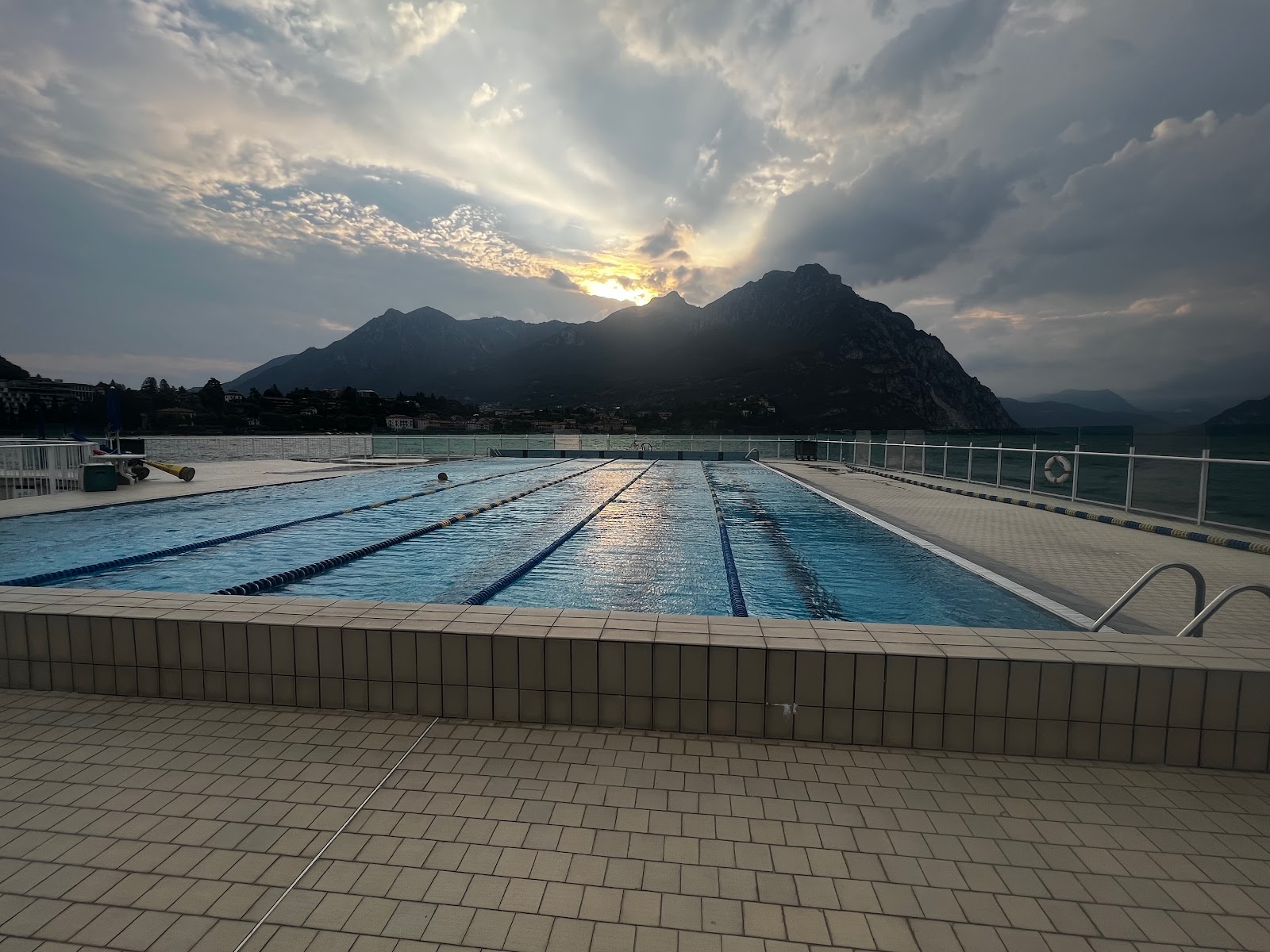







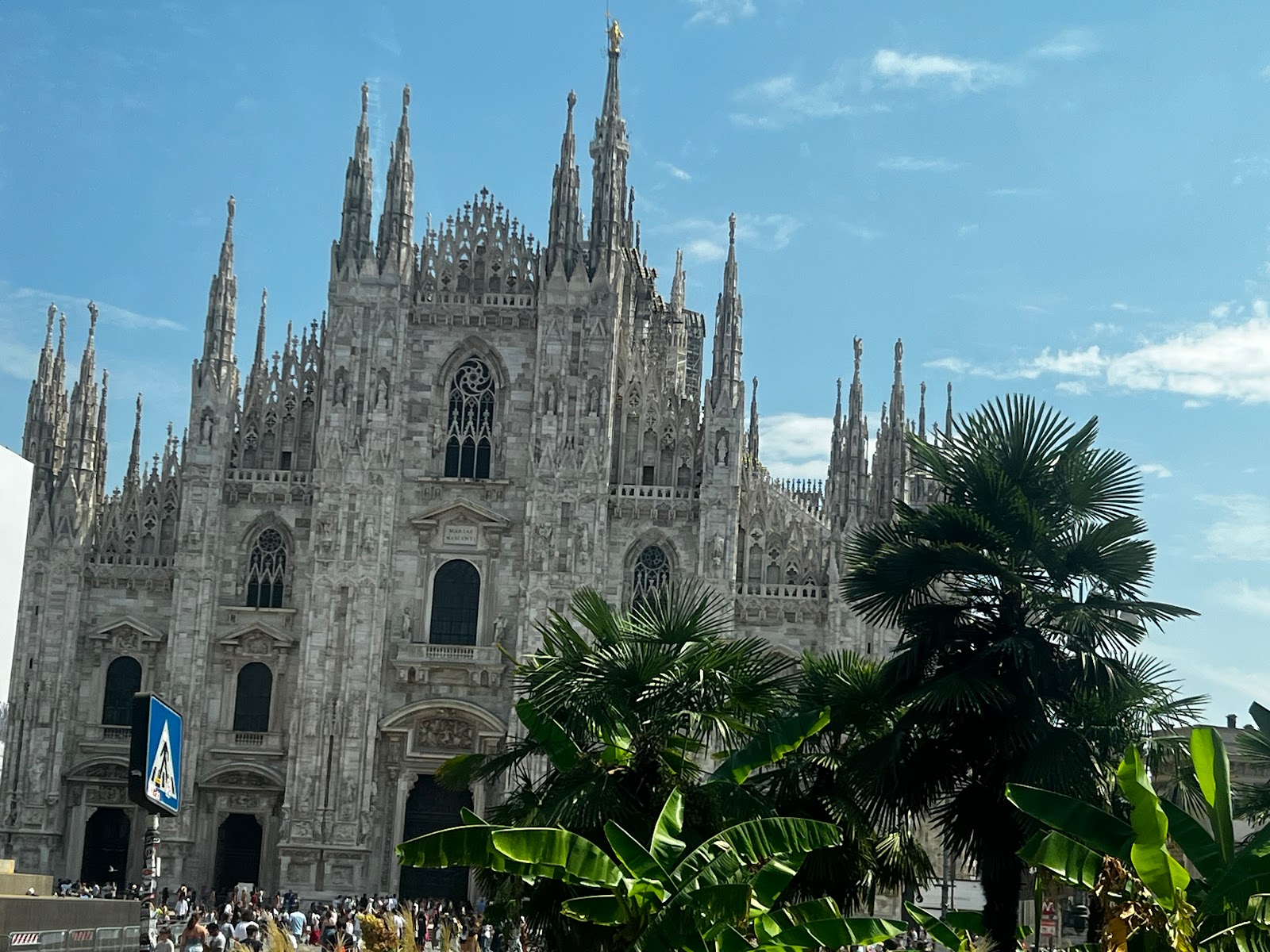

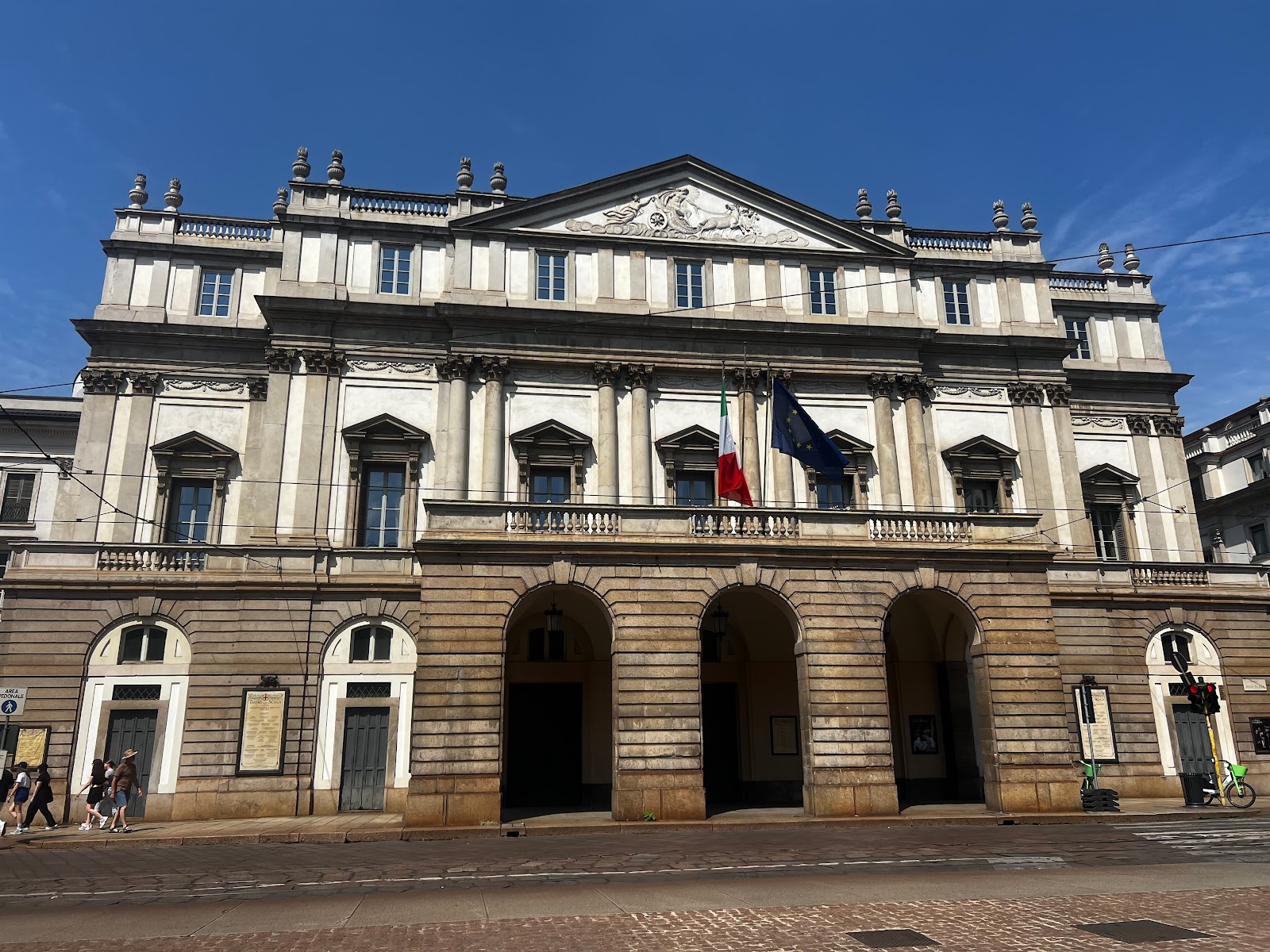
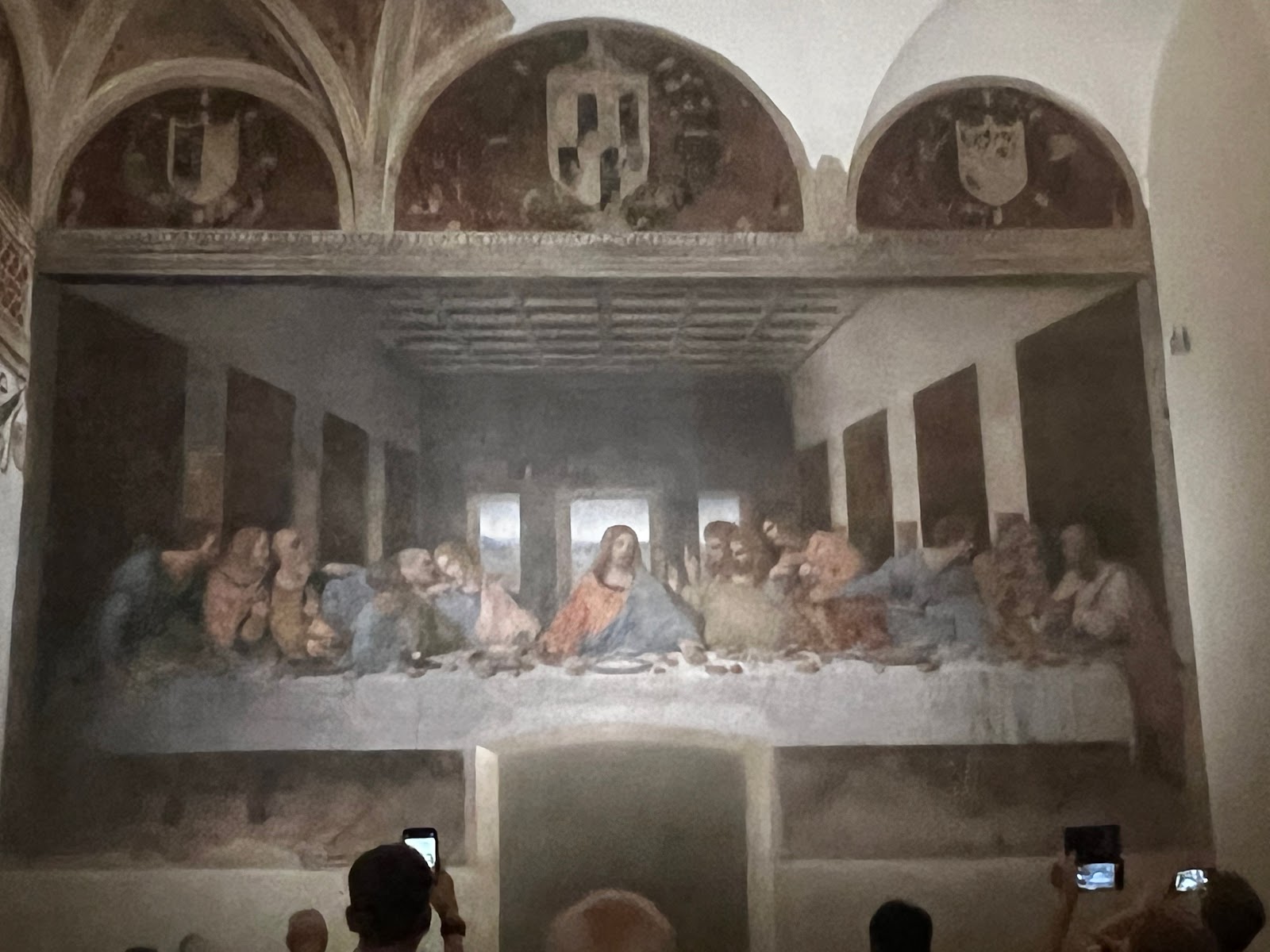






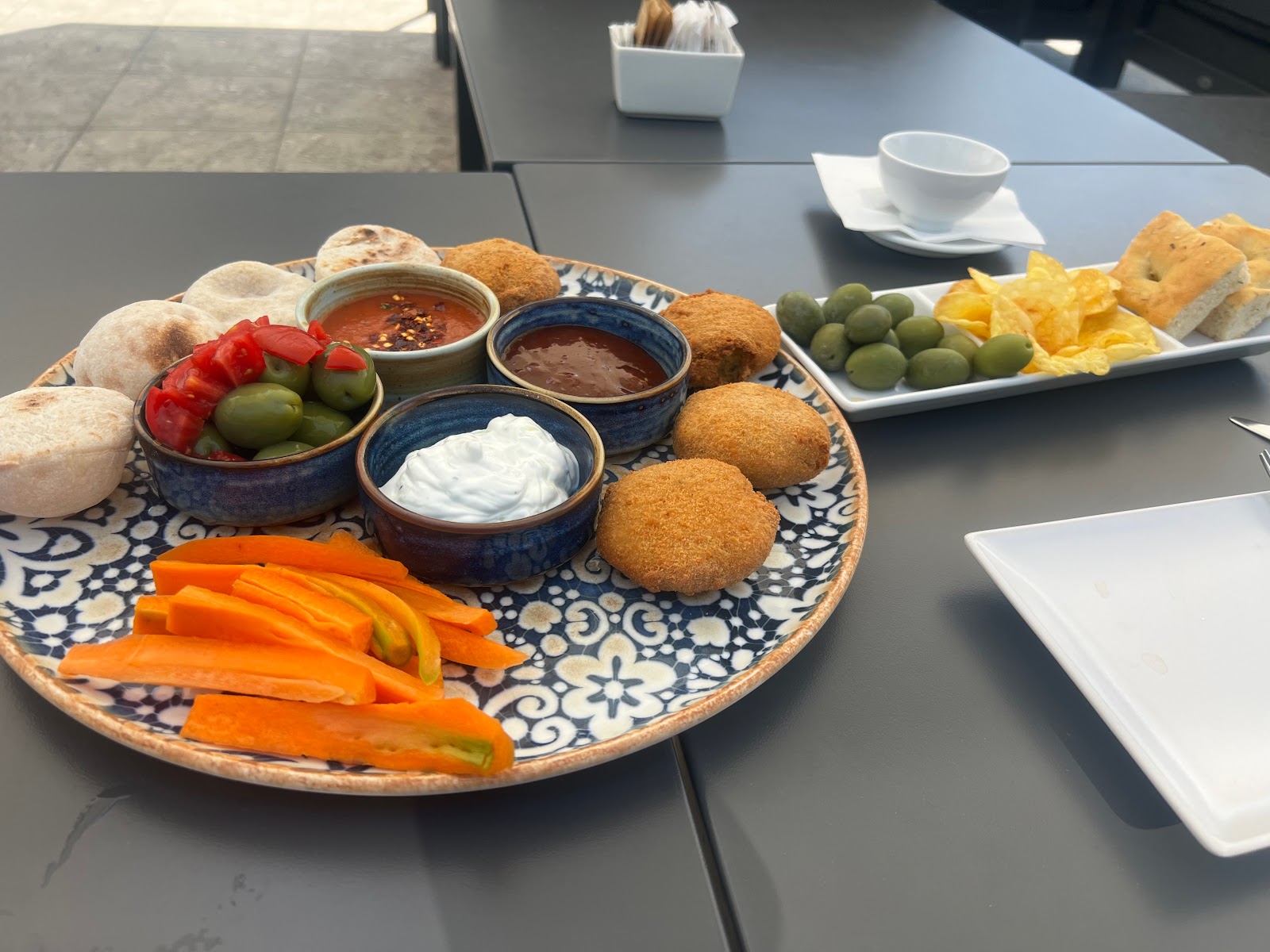




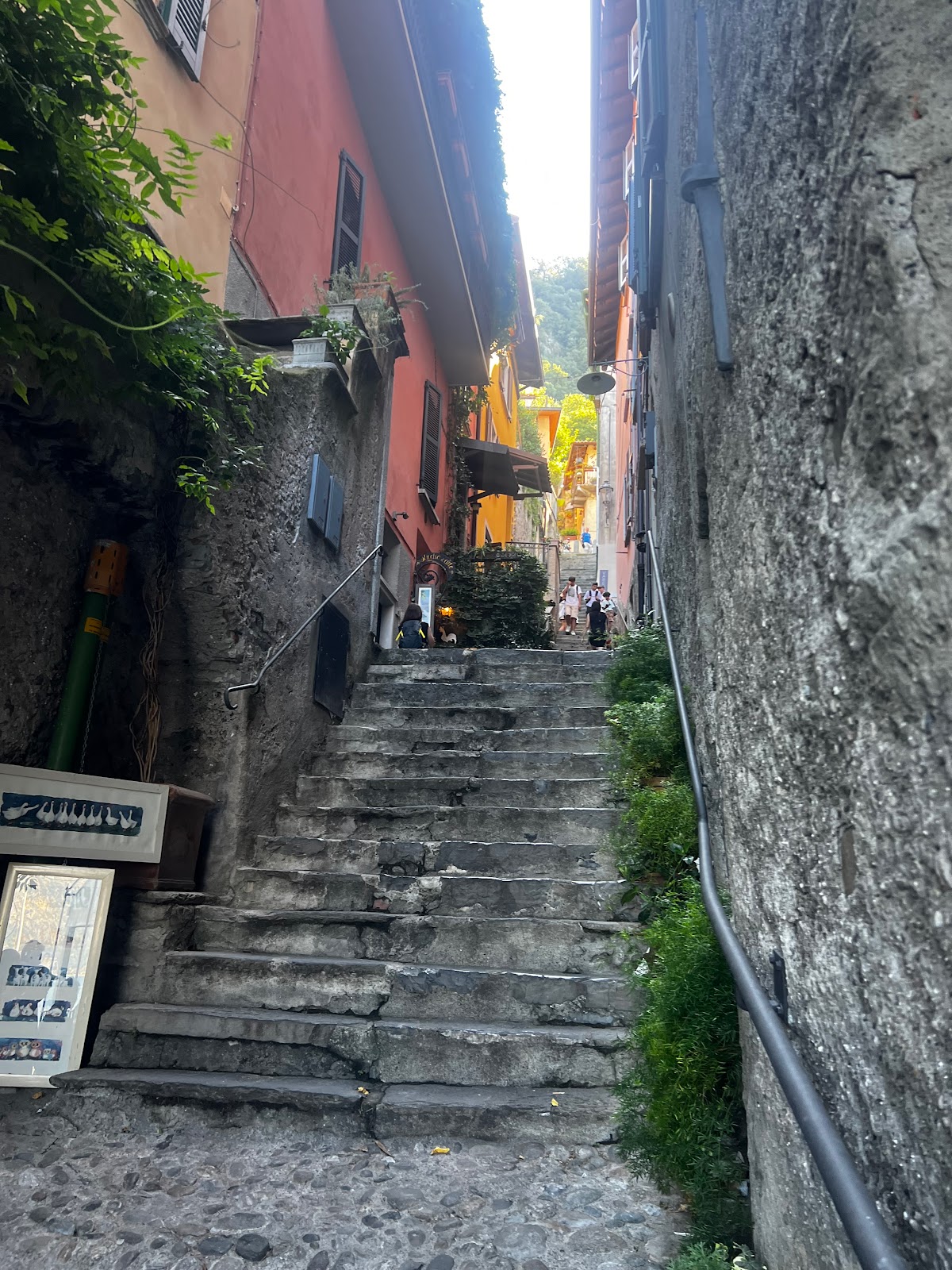



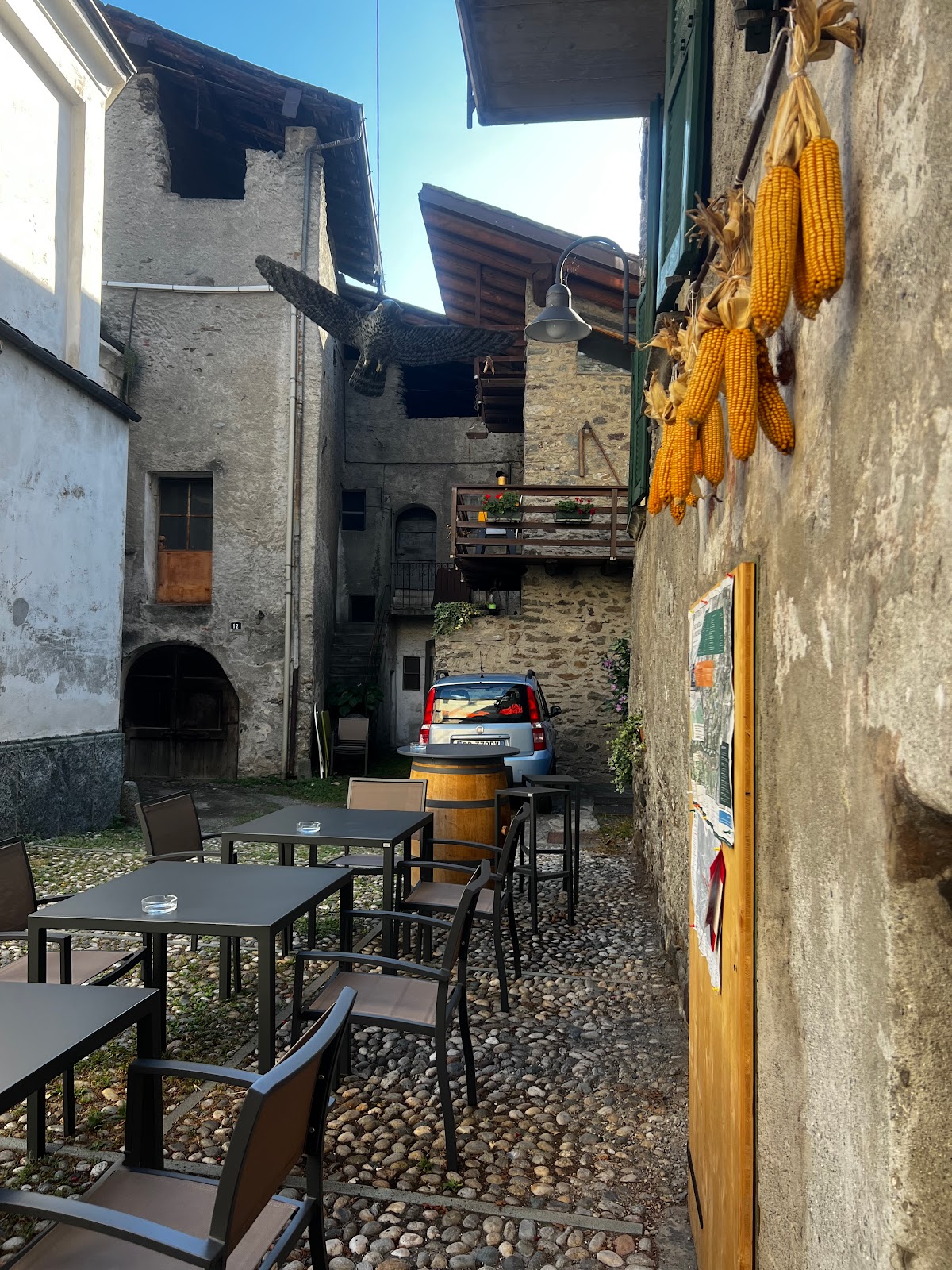

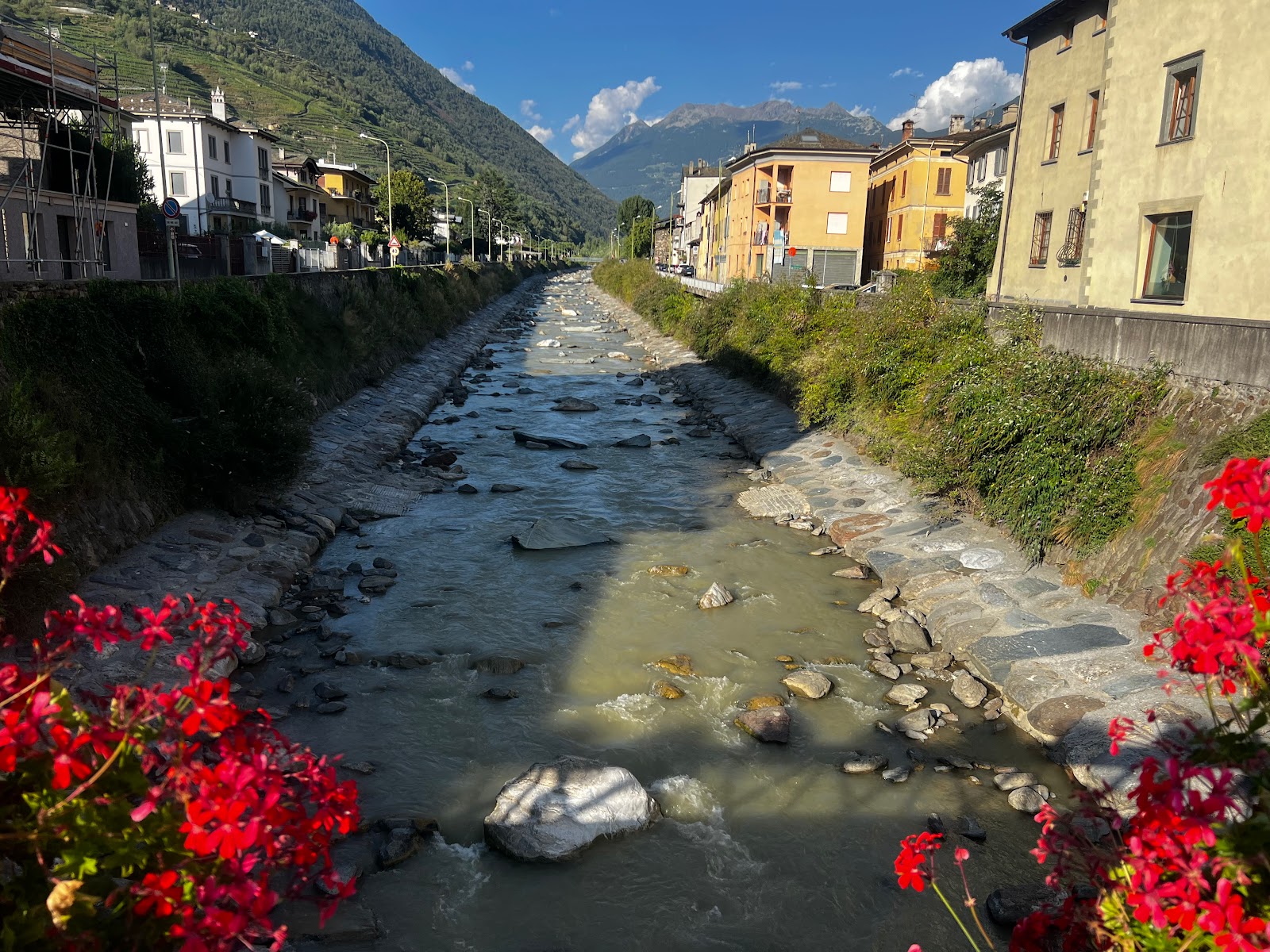






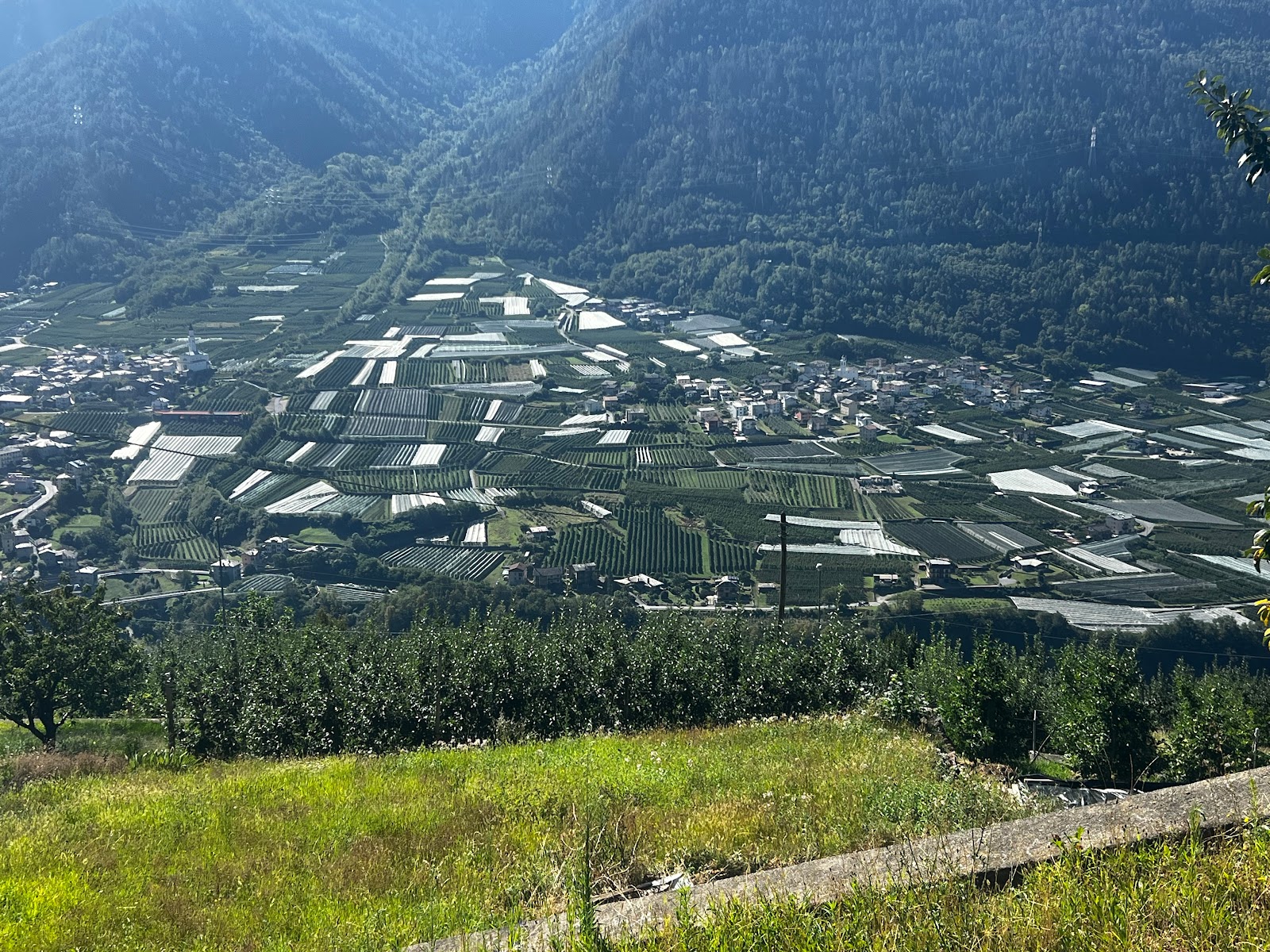

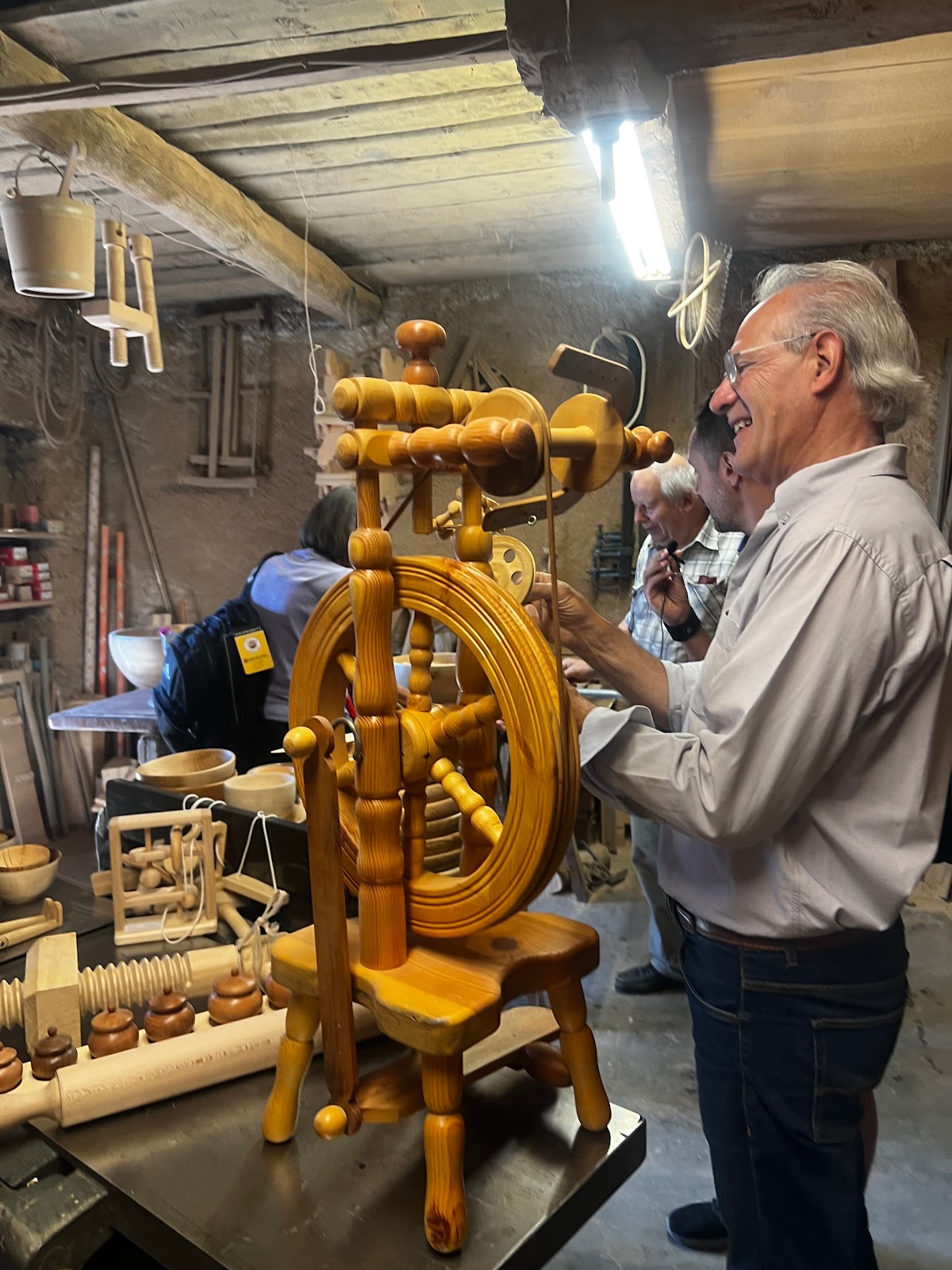







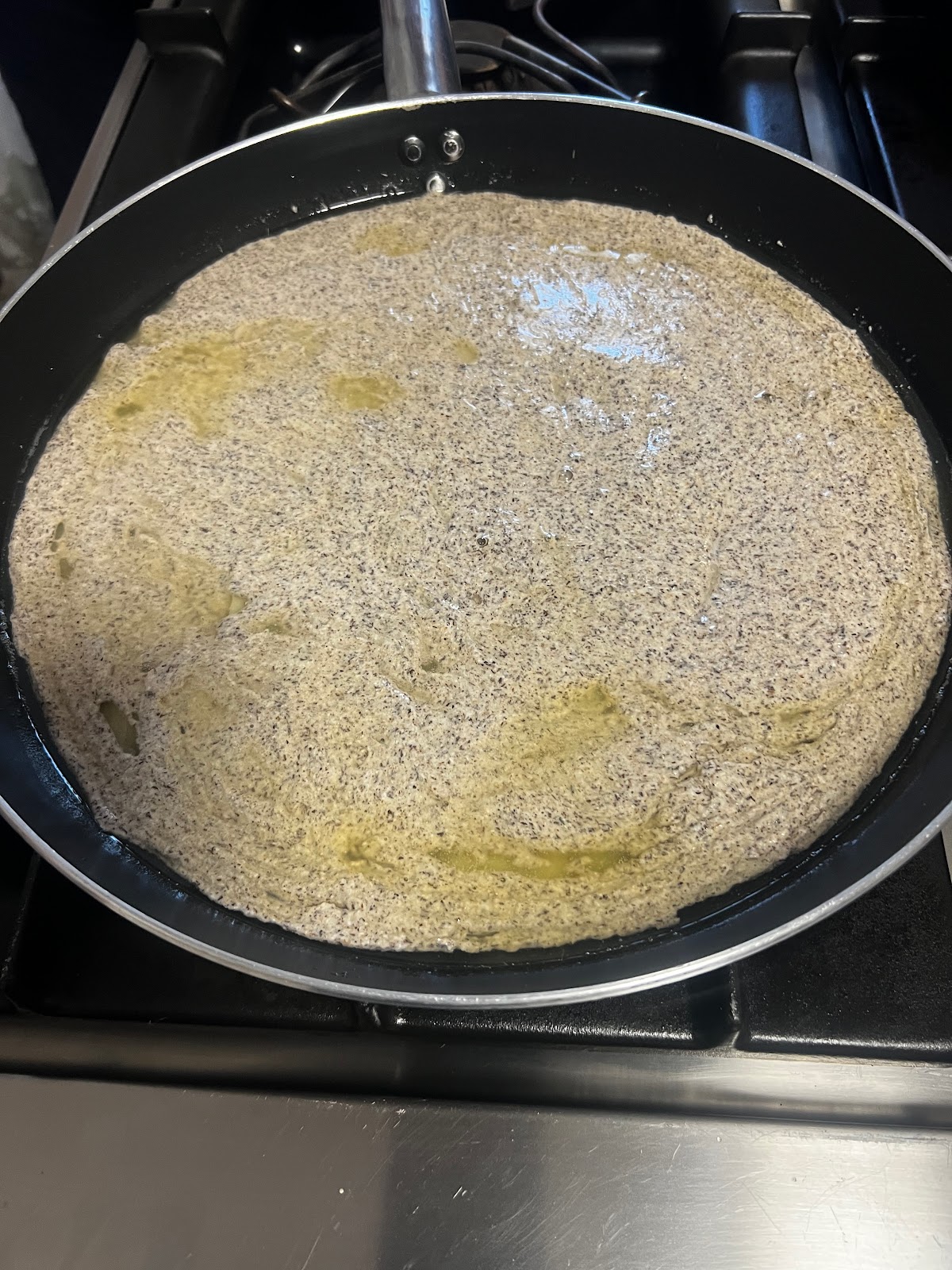








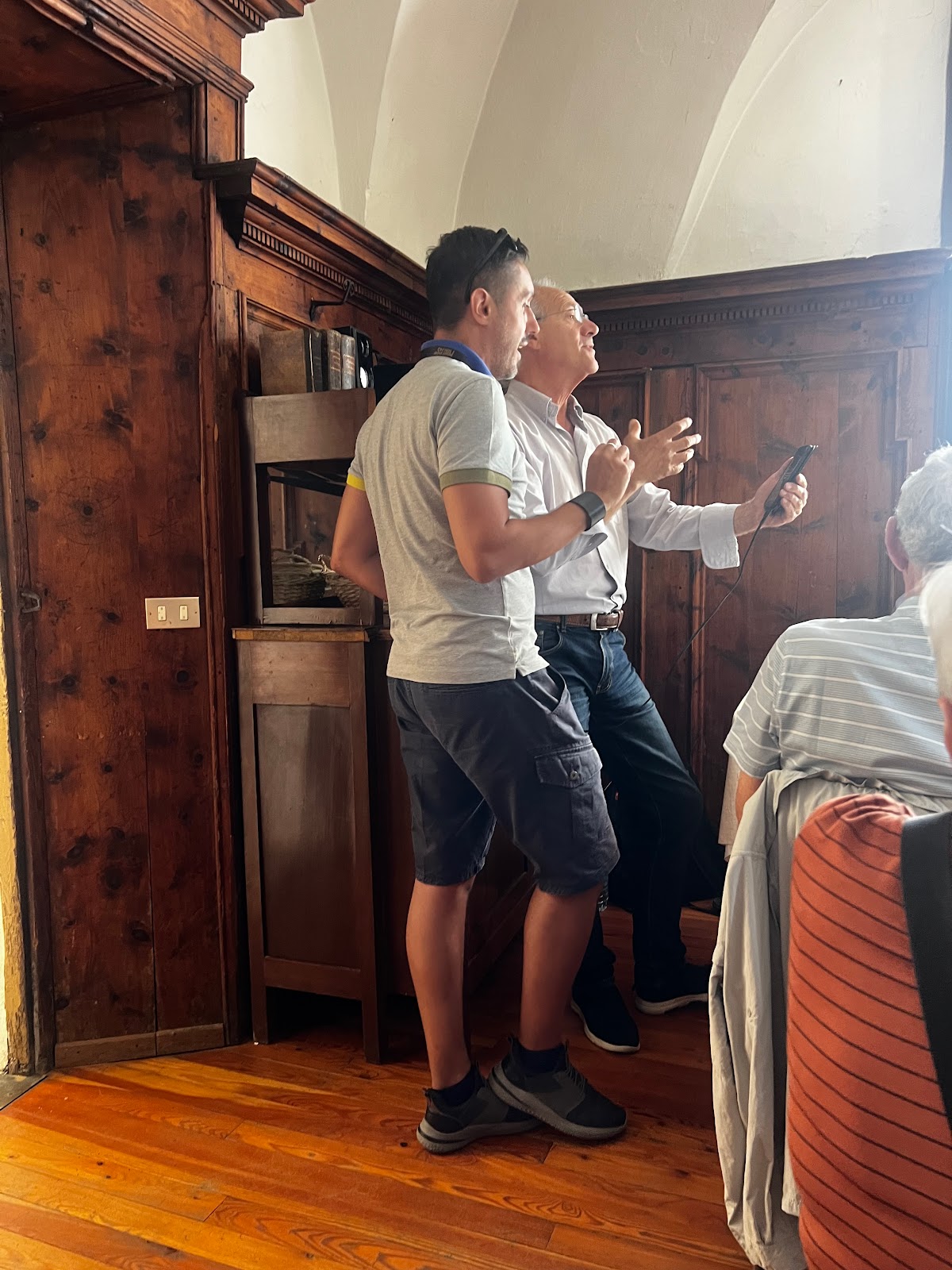








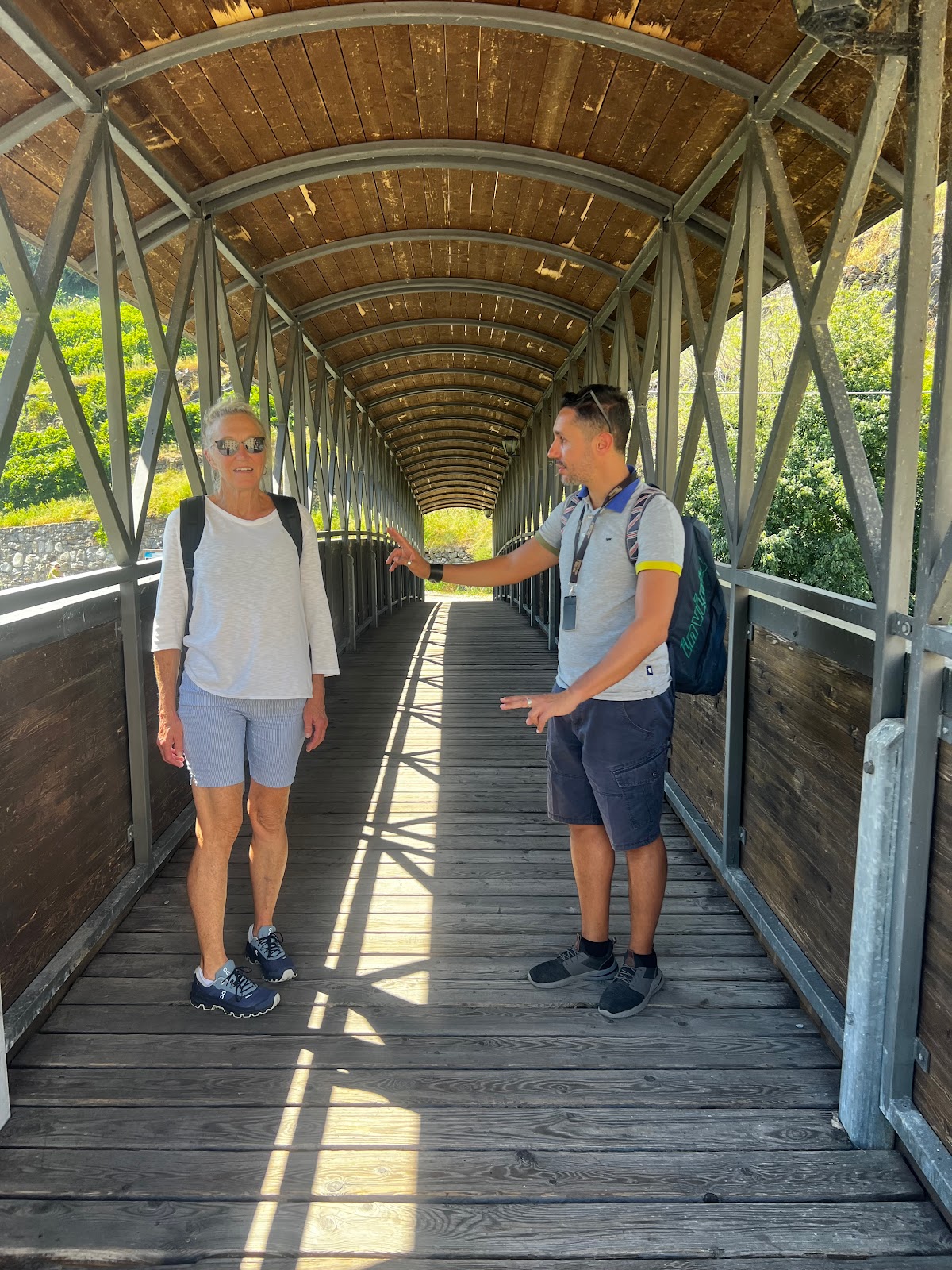

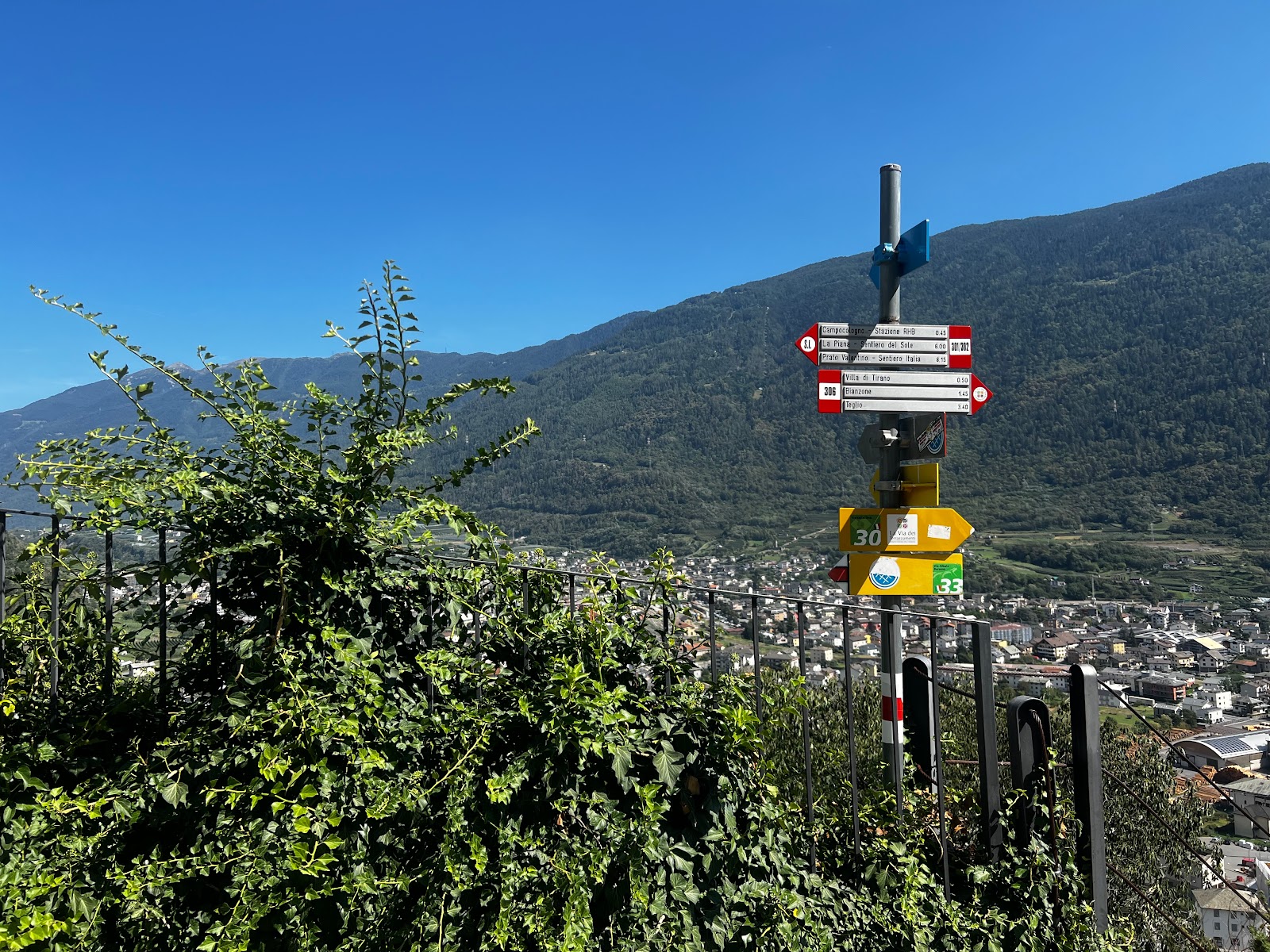




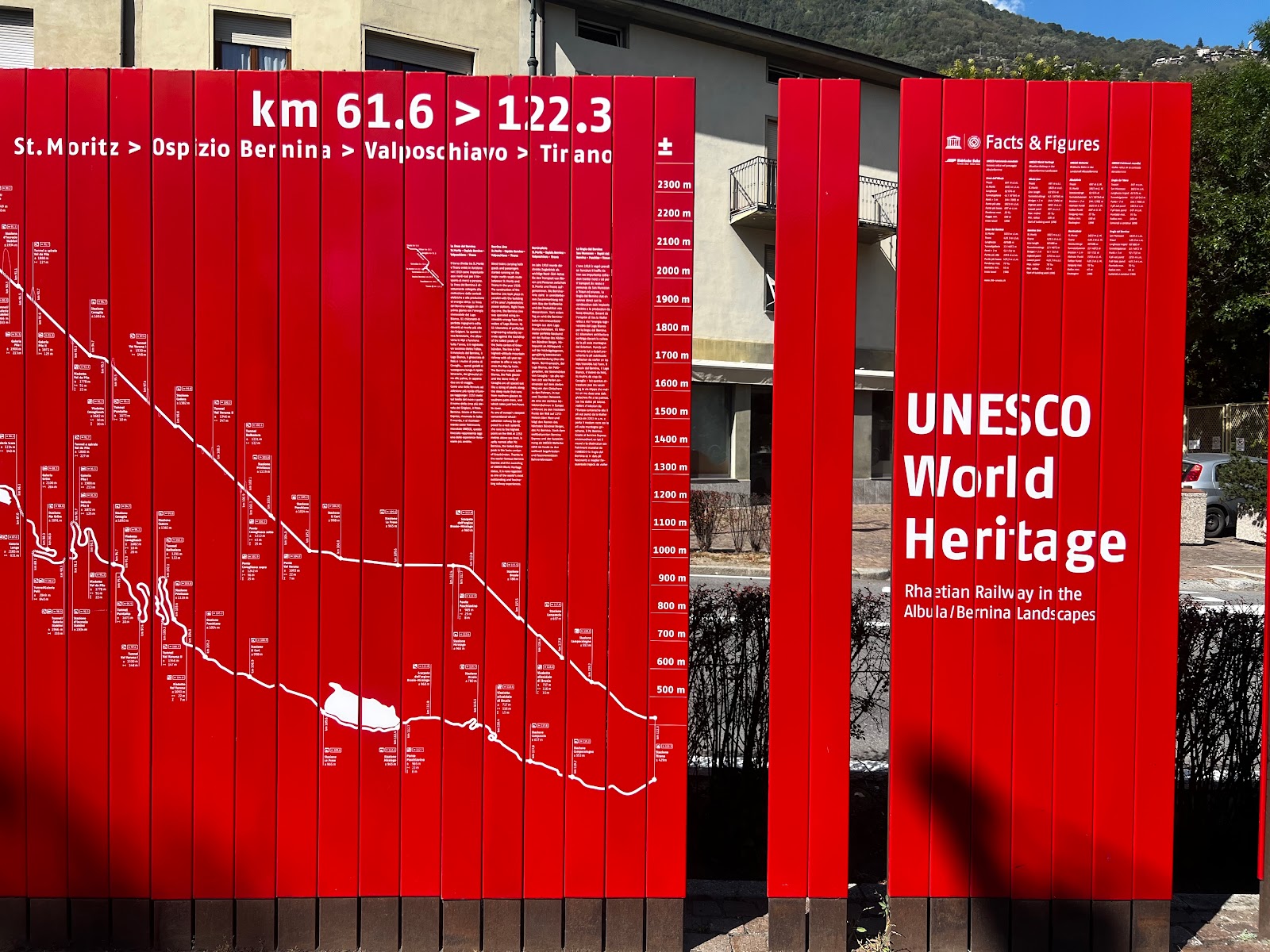


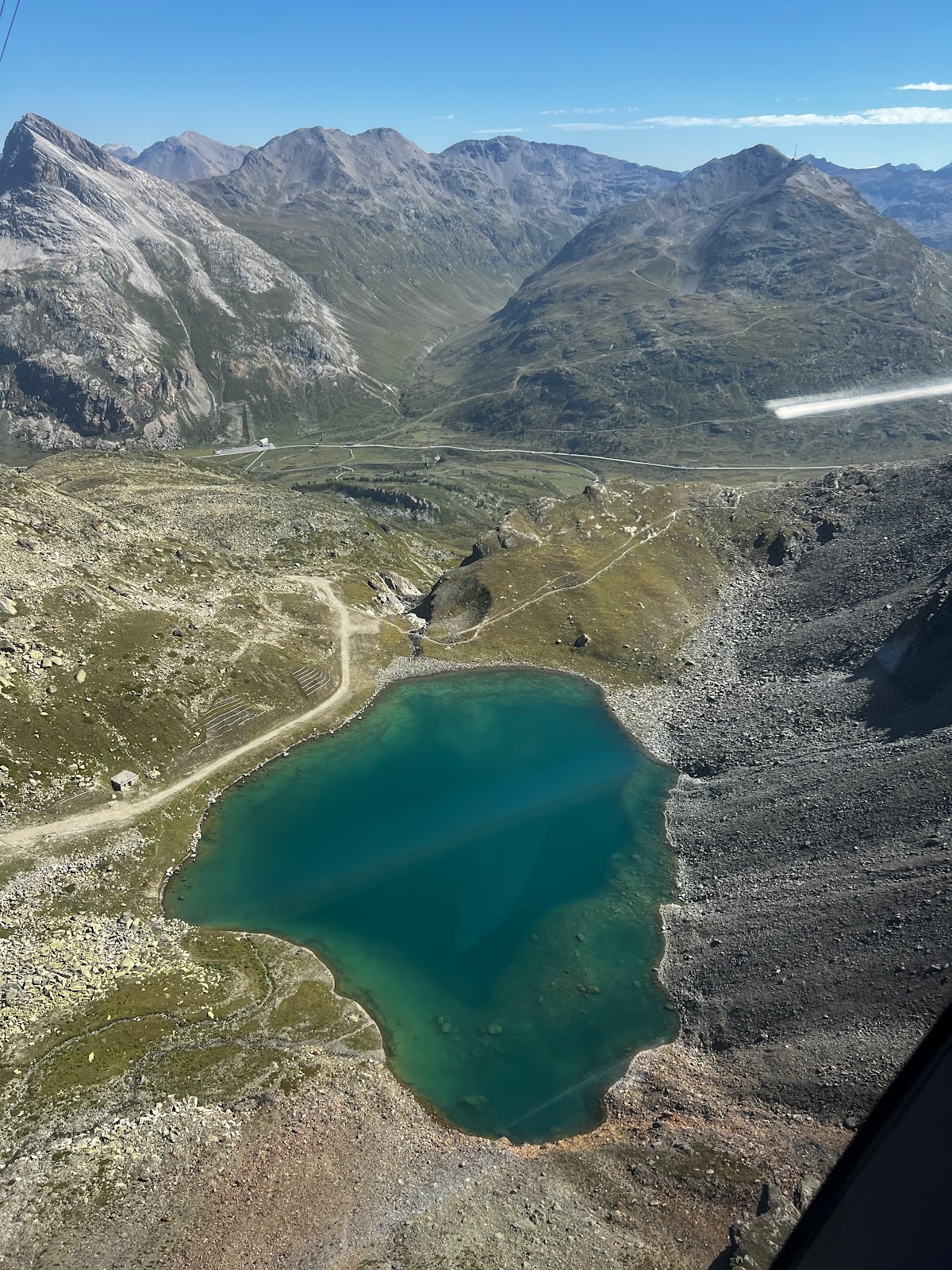




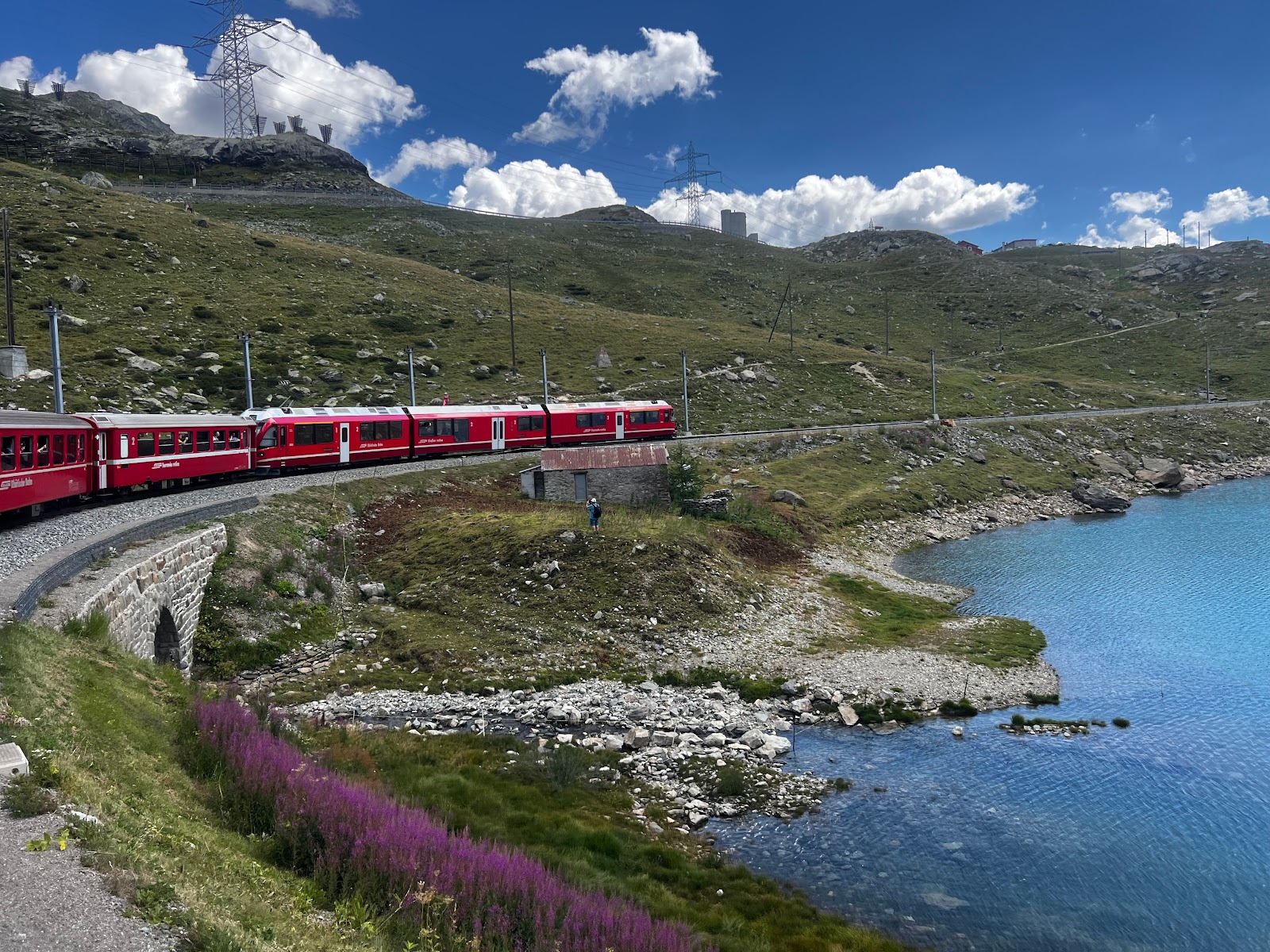
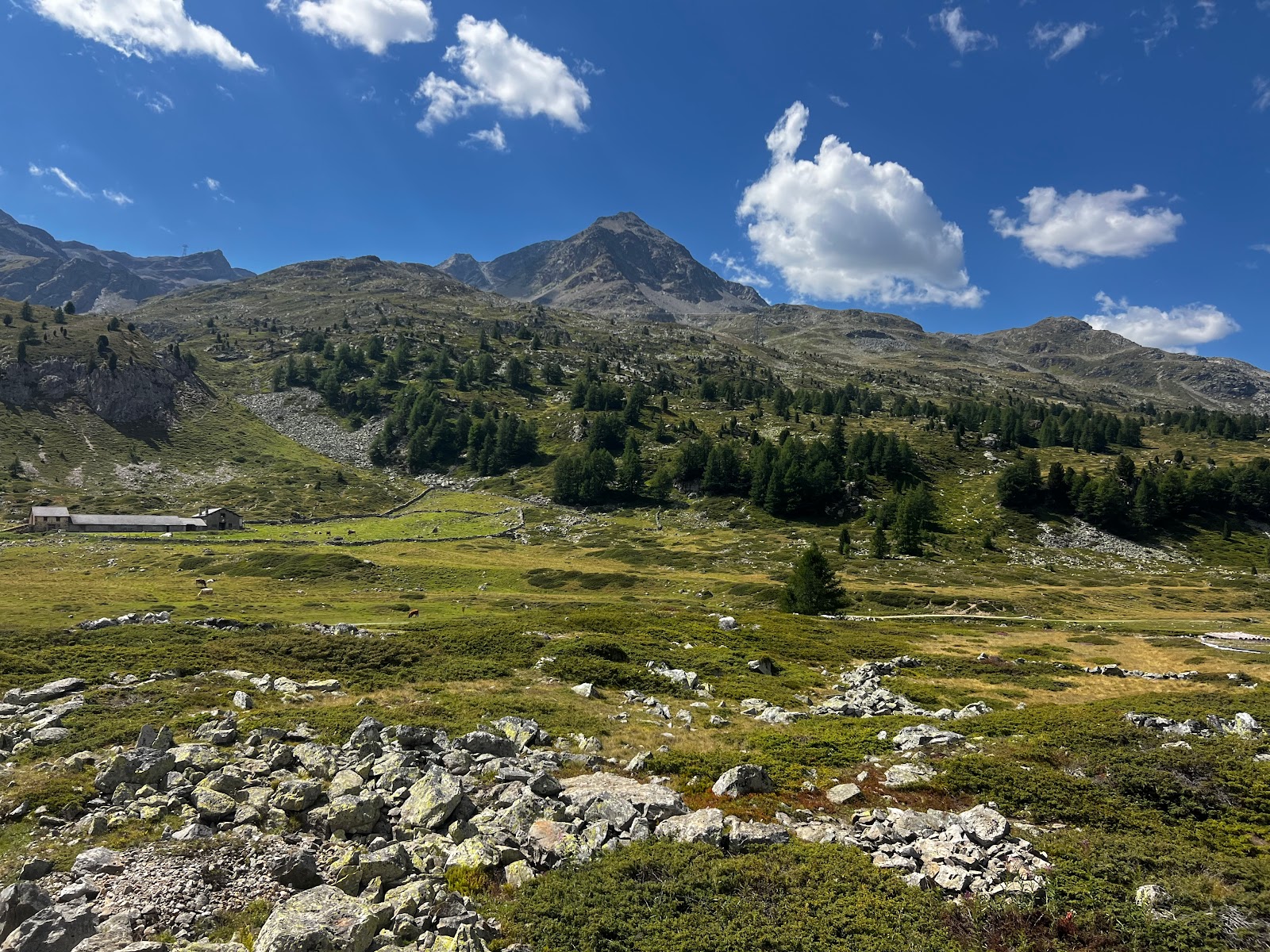














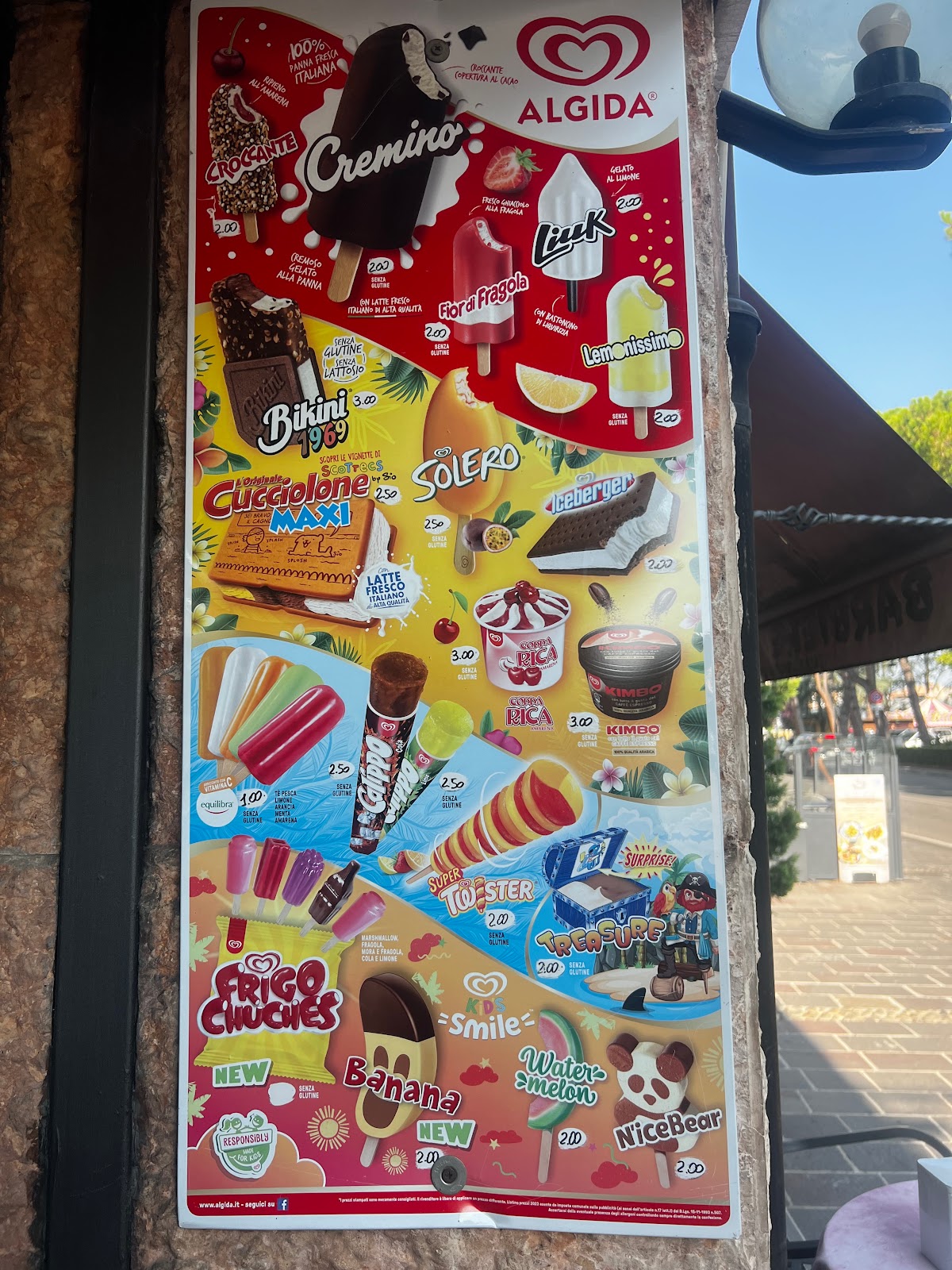






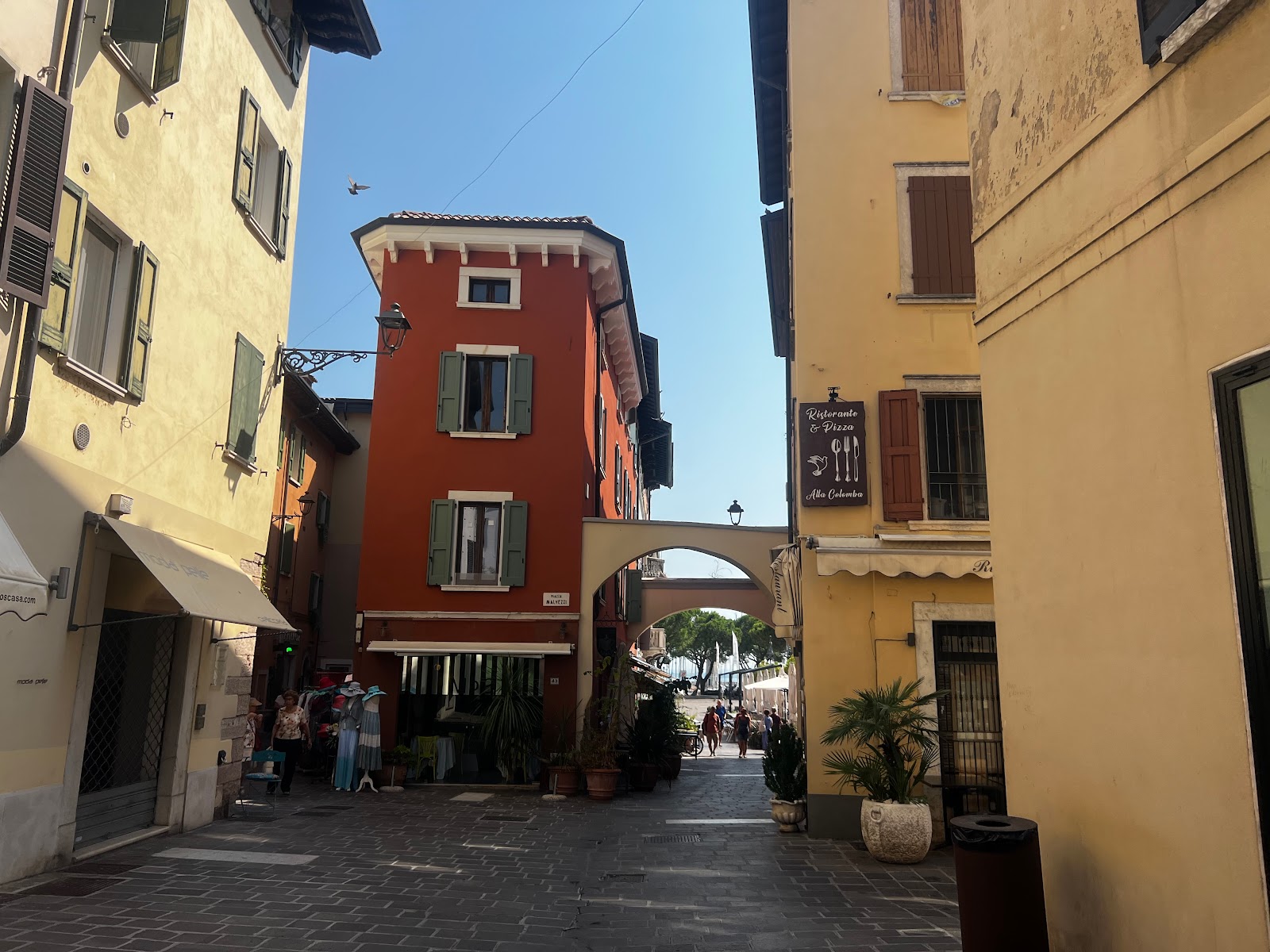

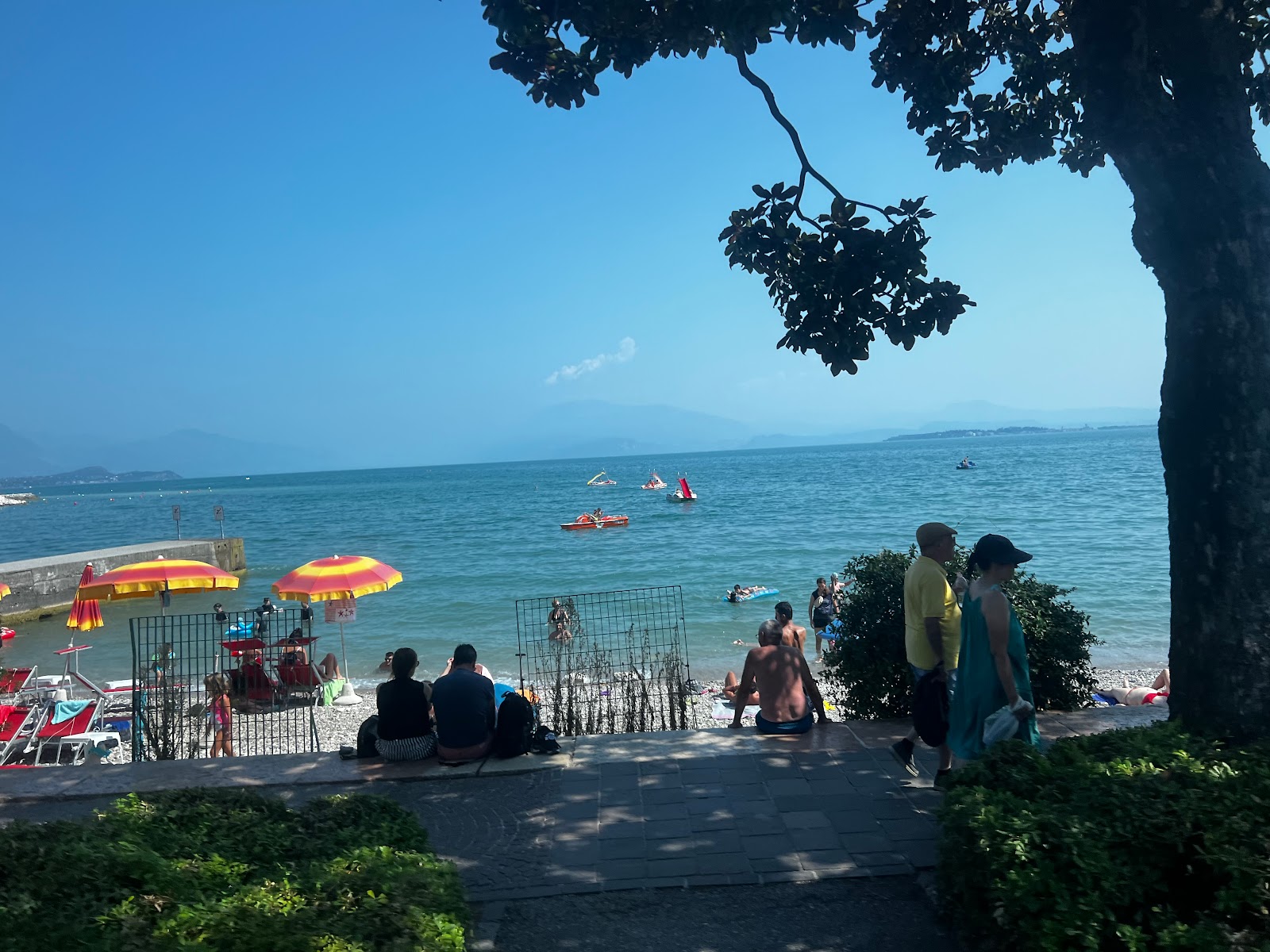















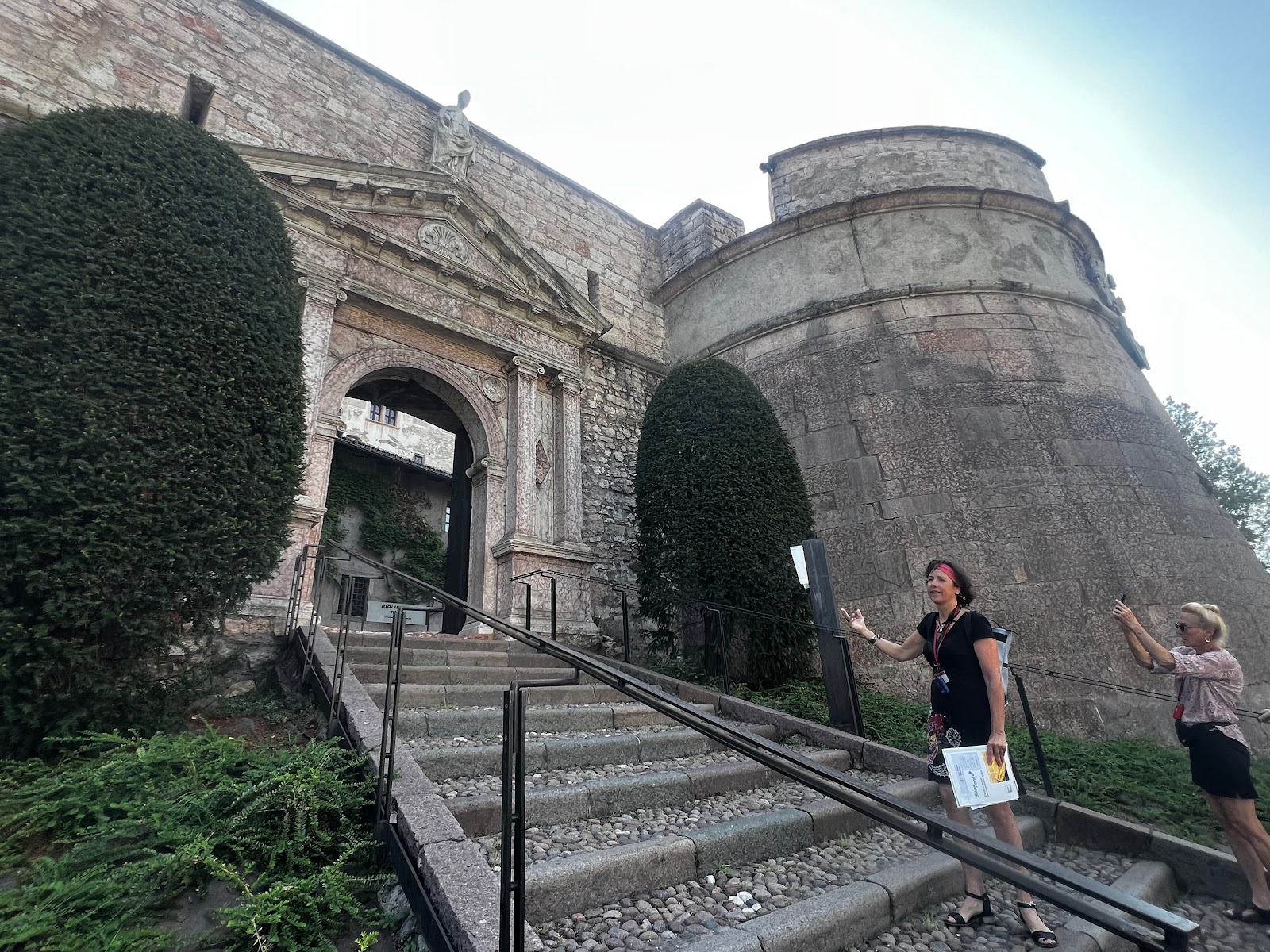



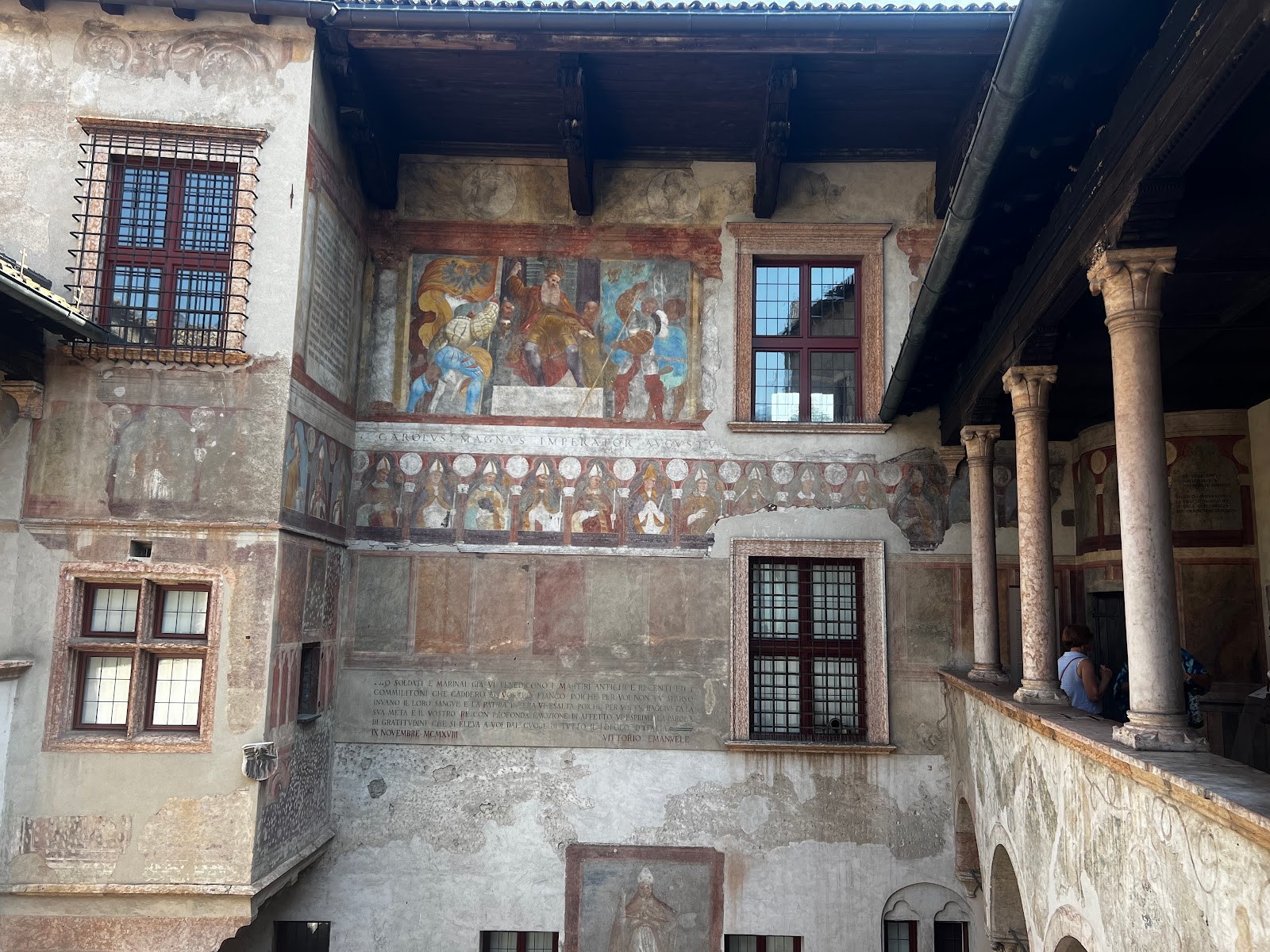







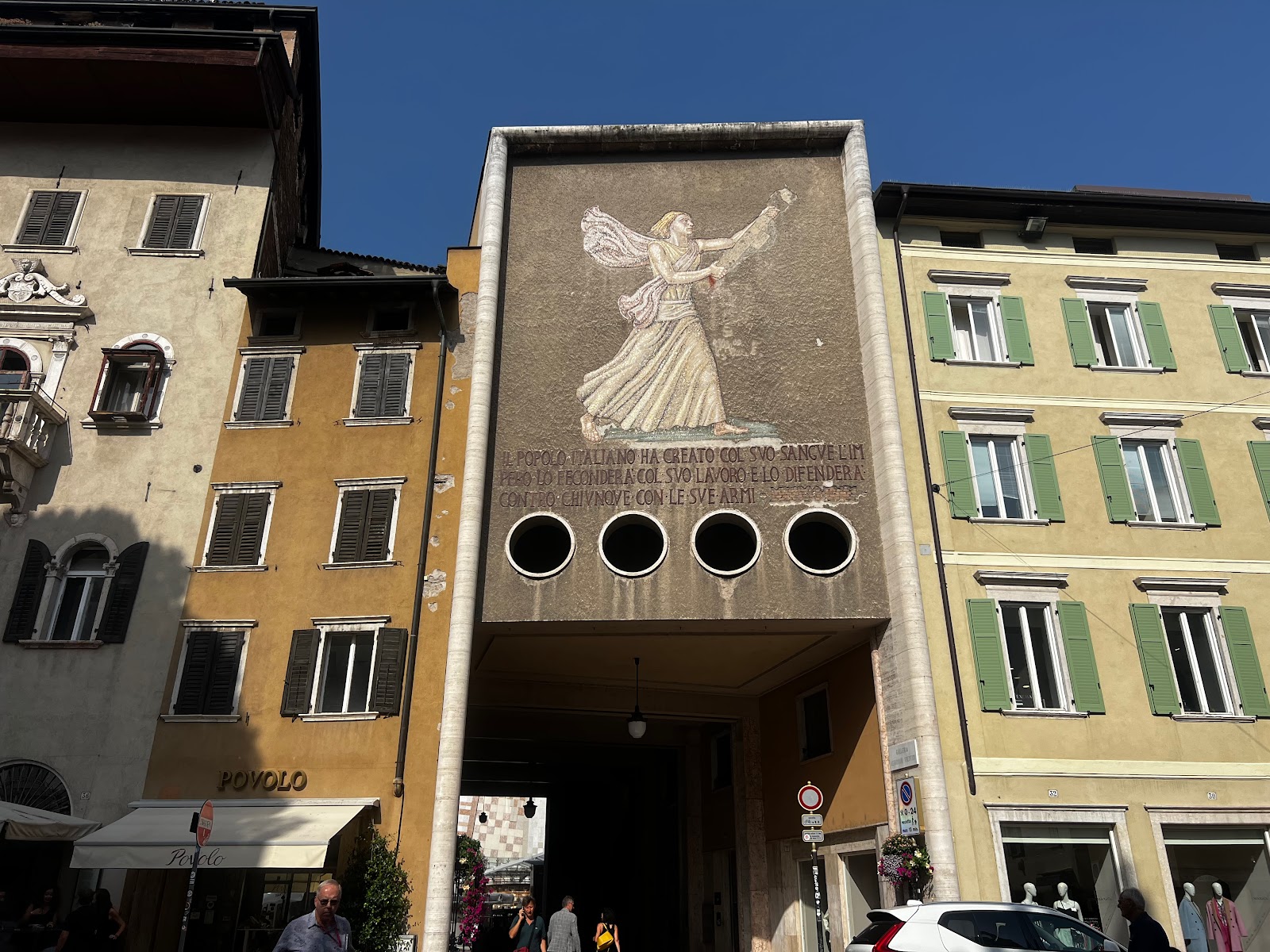

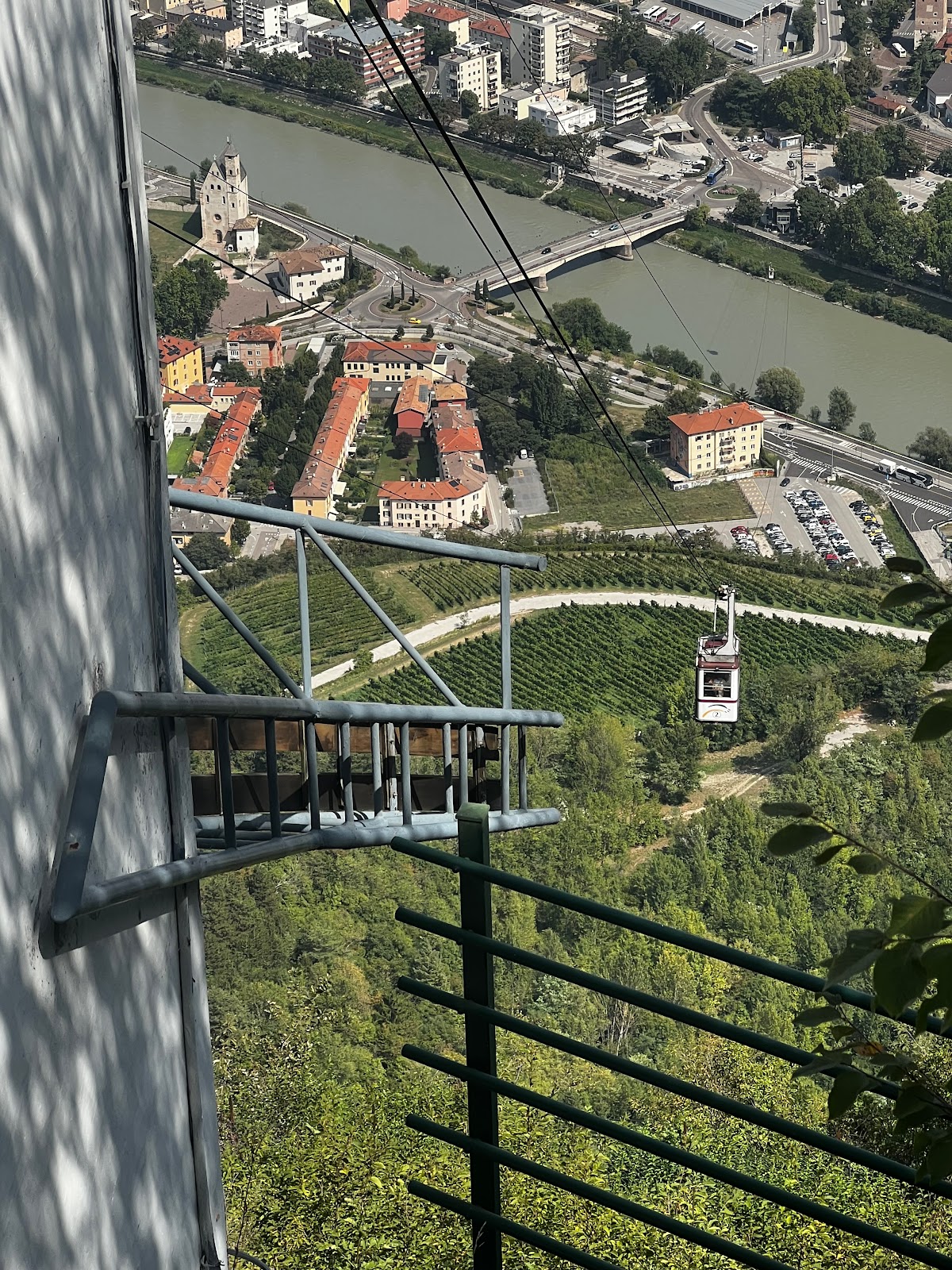







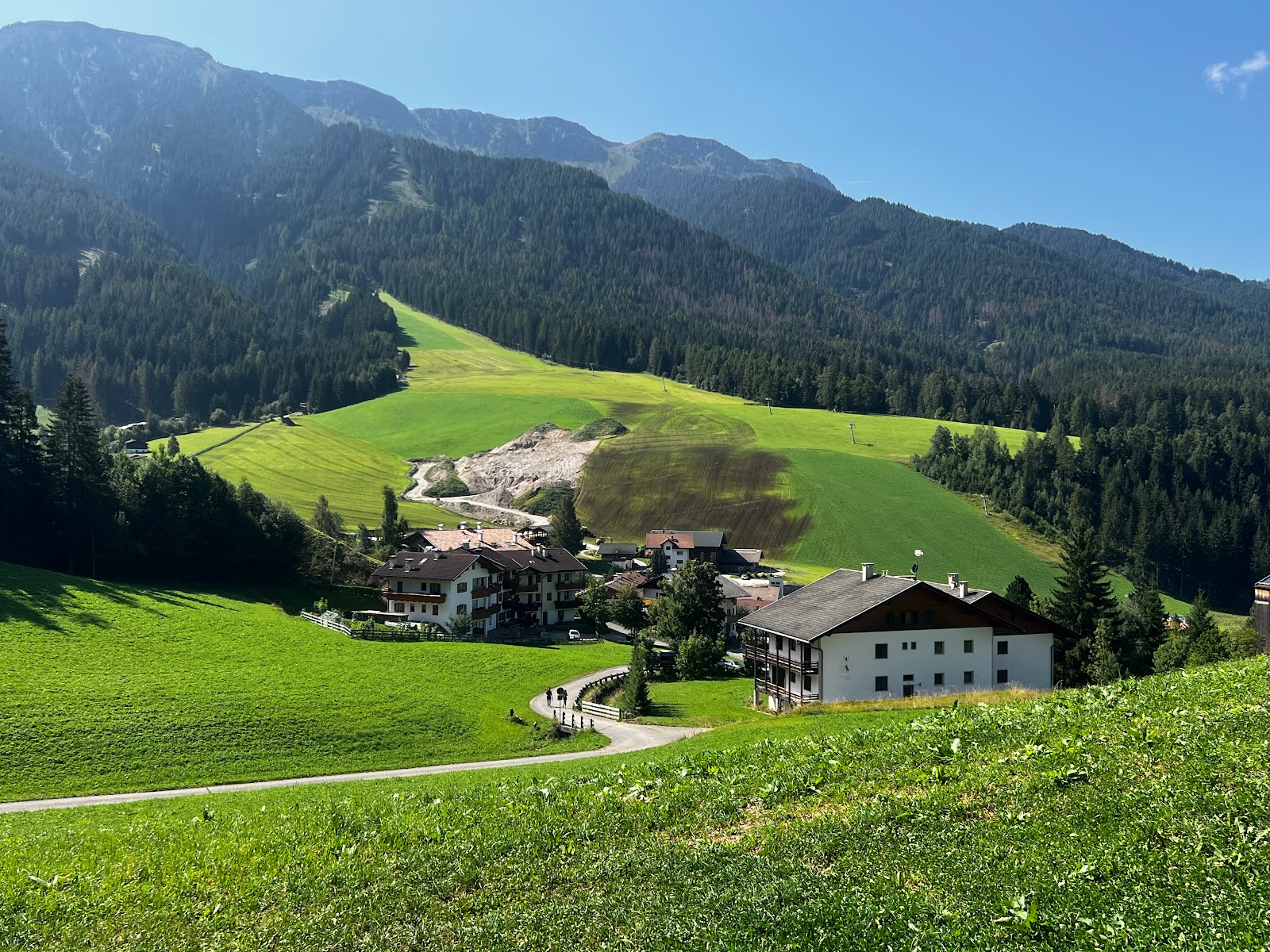

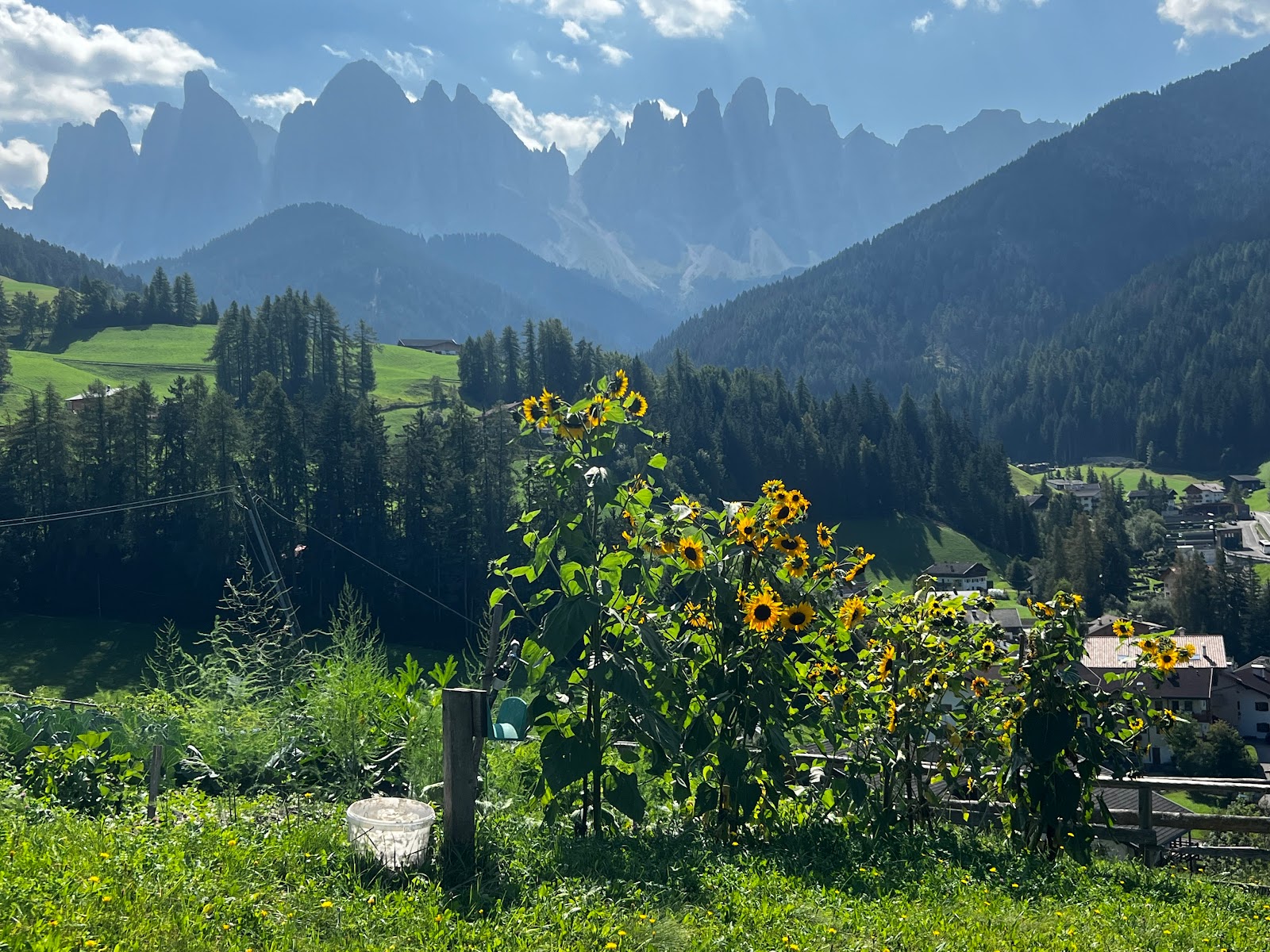

















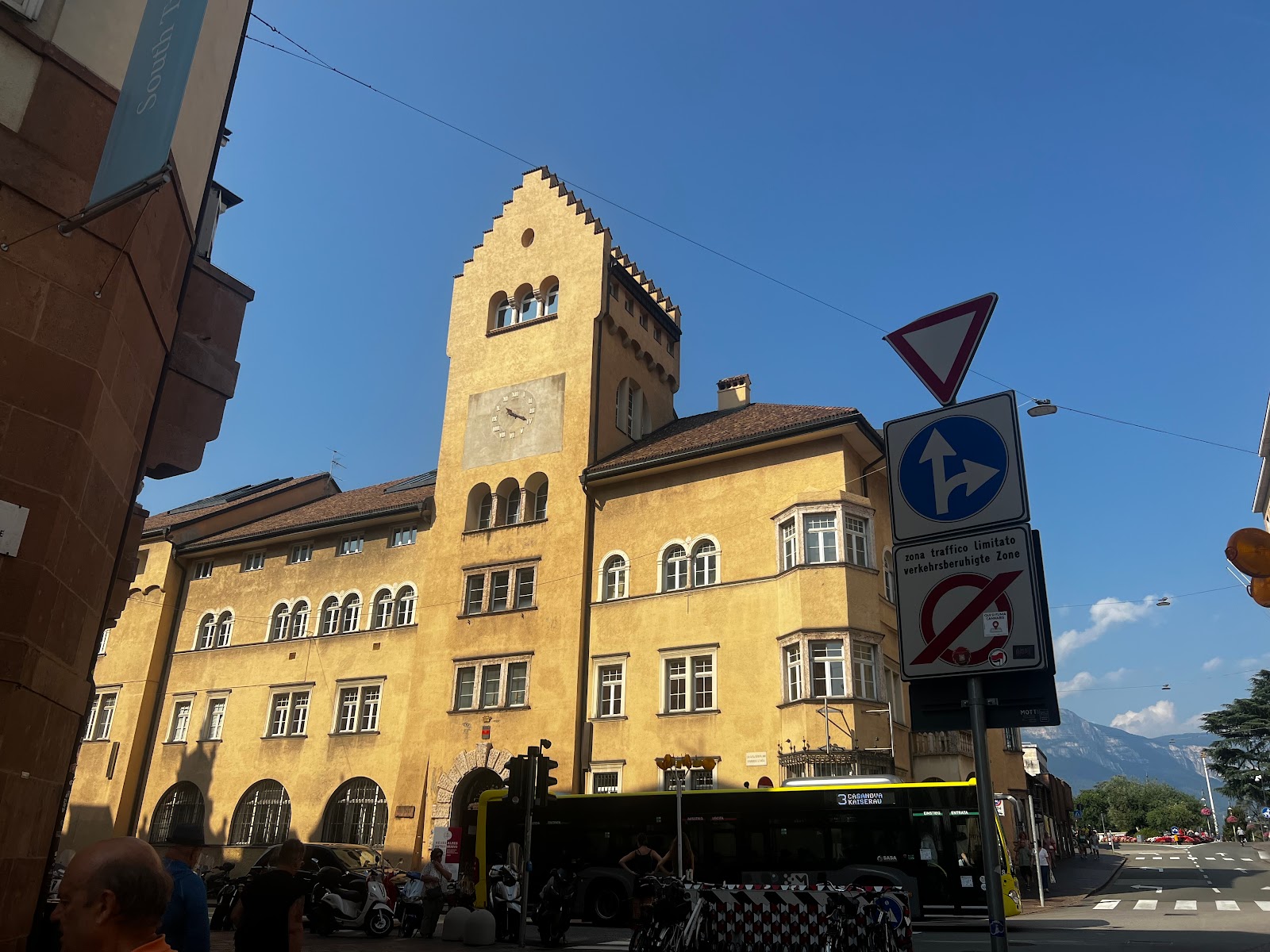
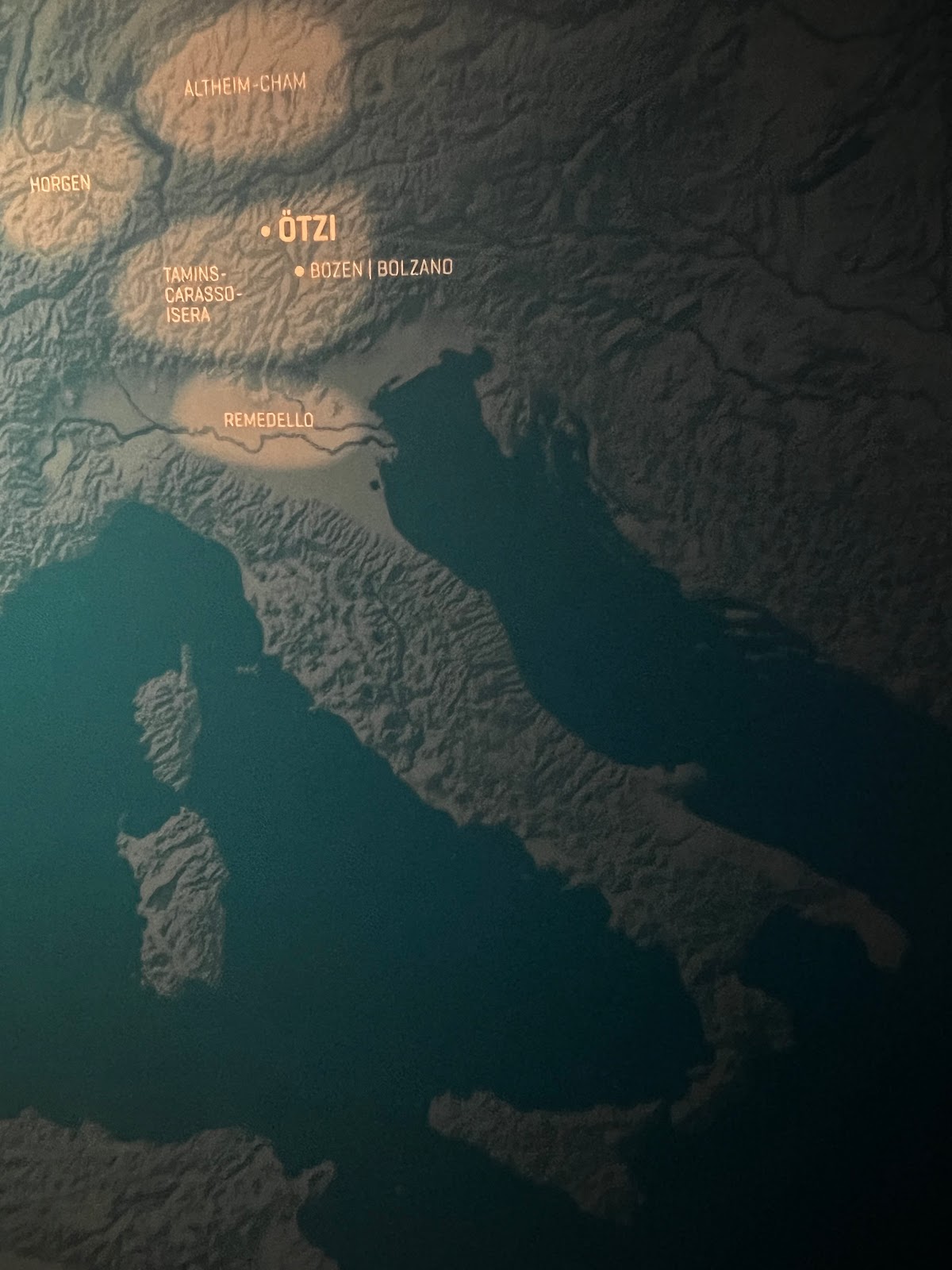






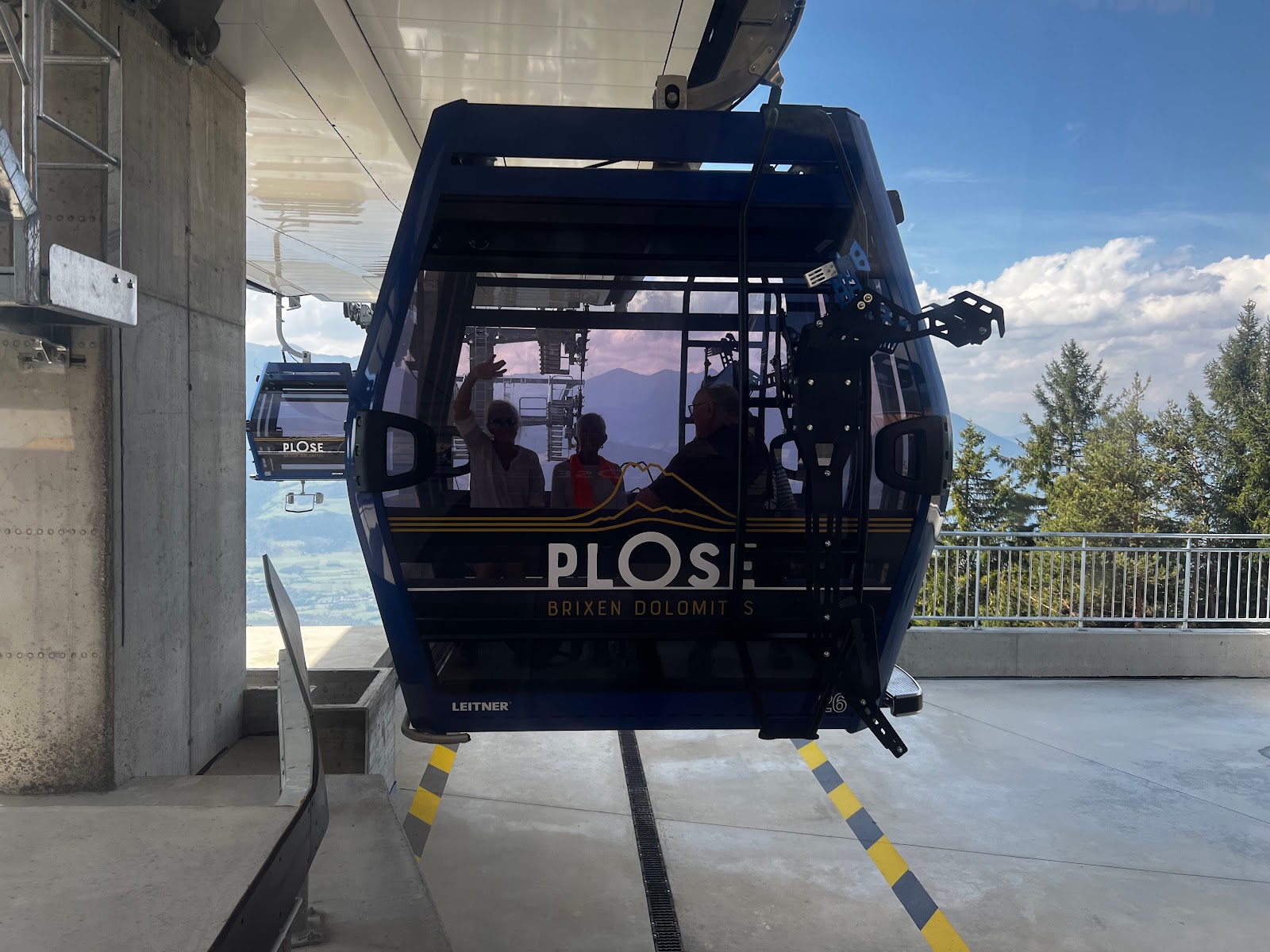



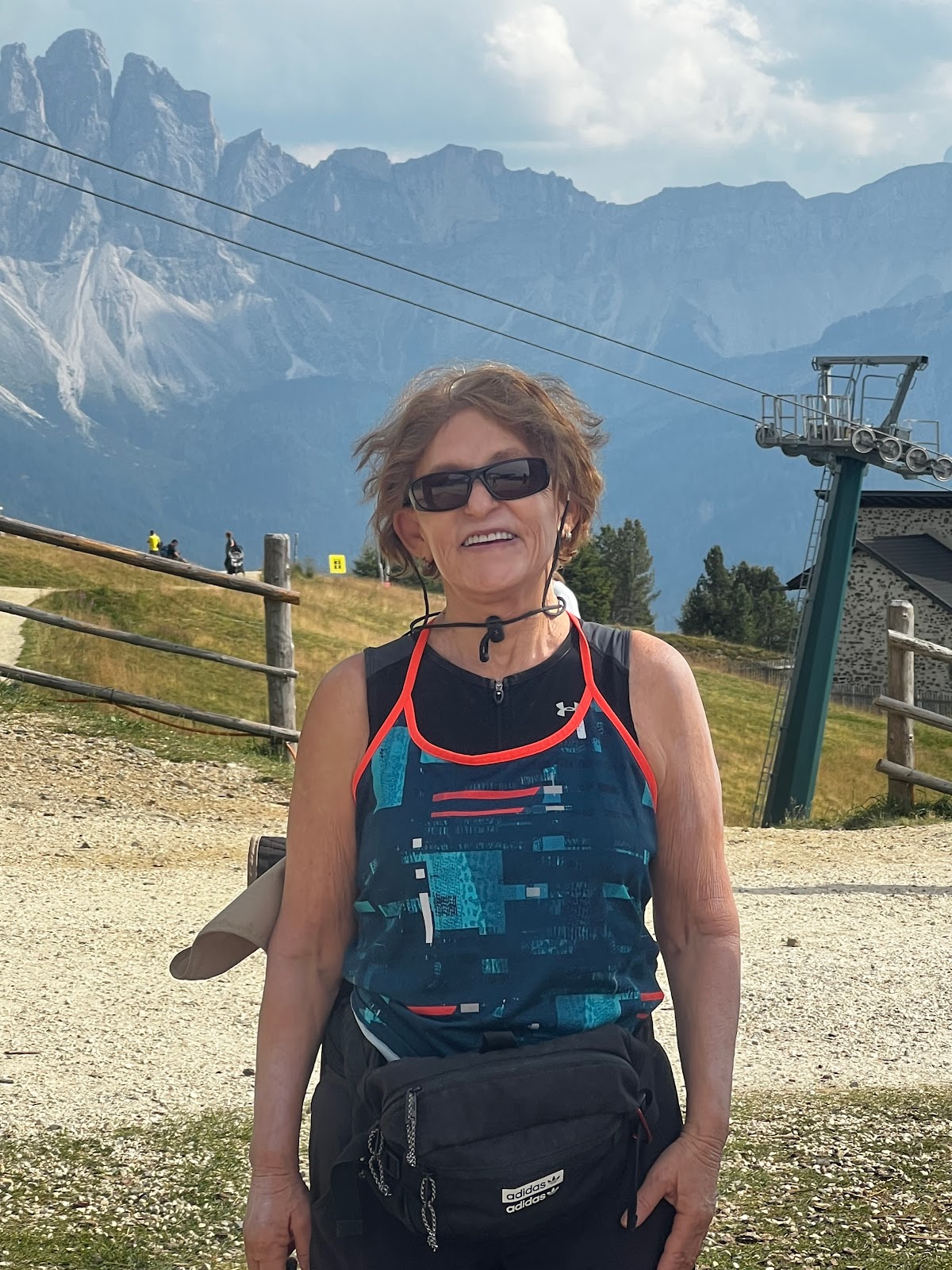












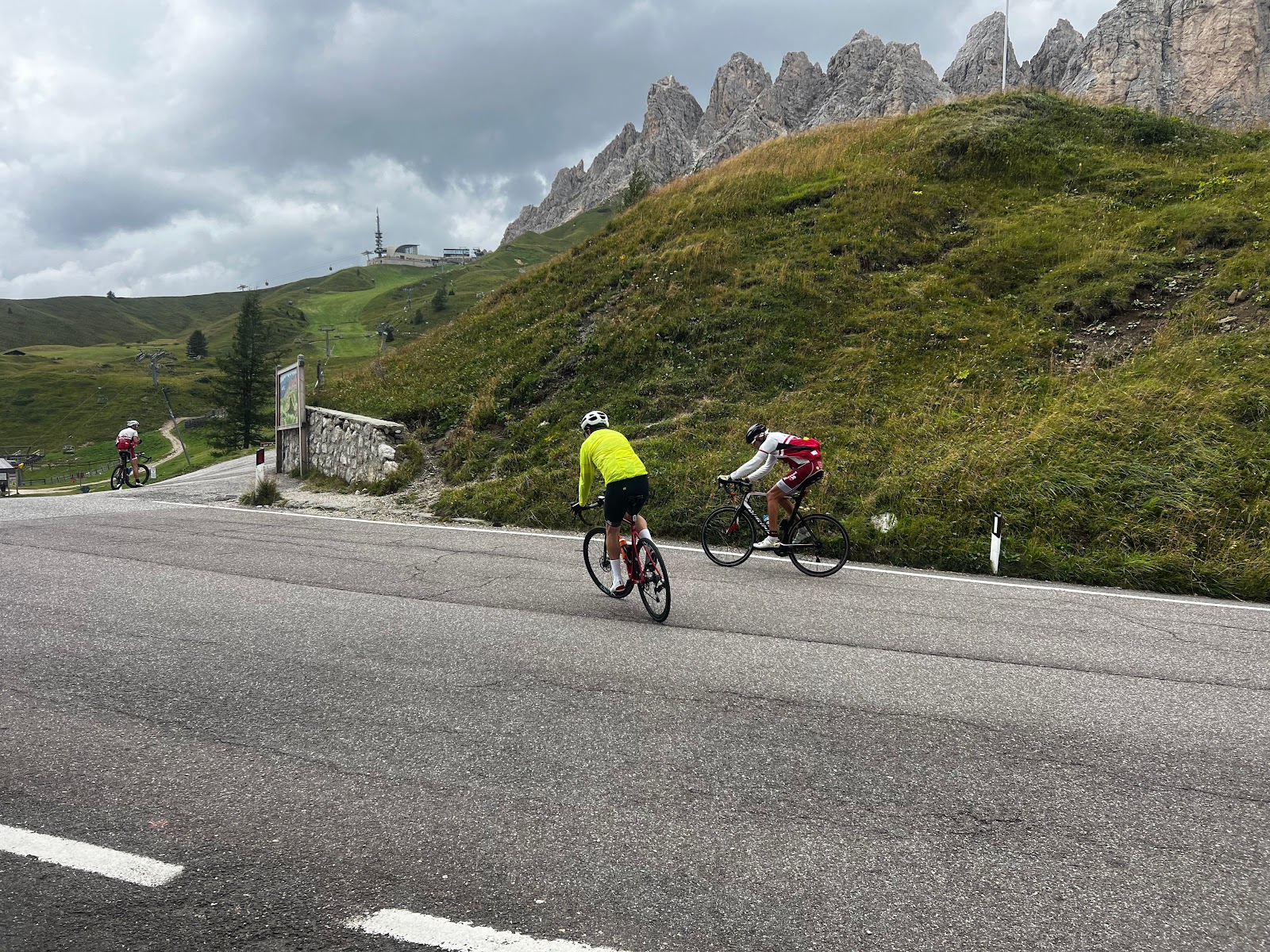


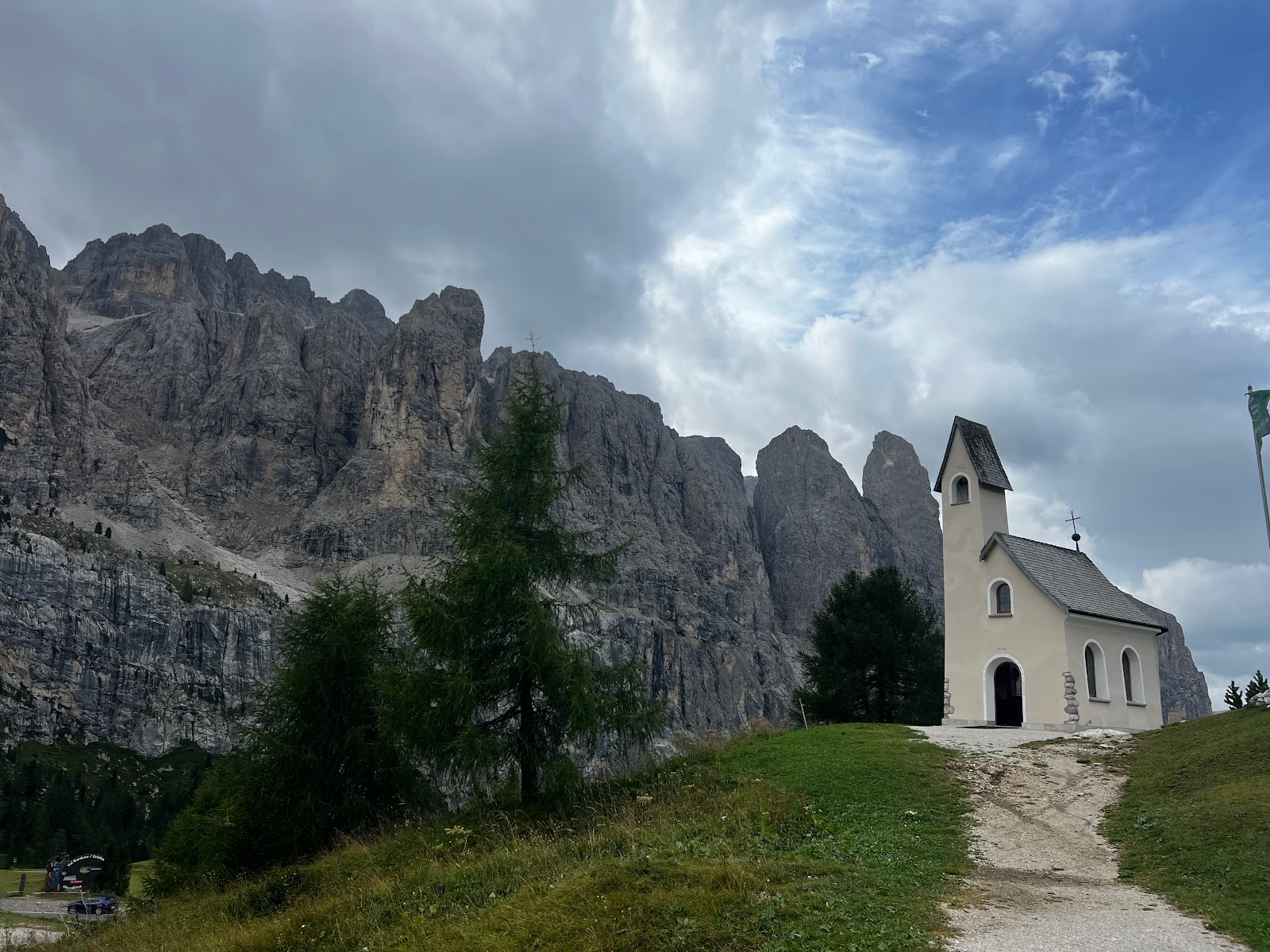
Comments
Post a Comment